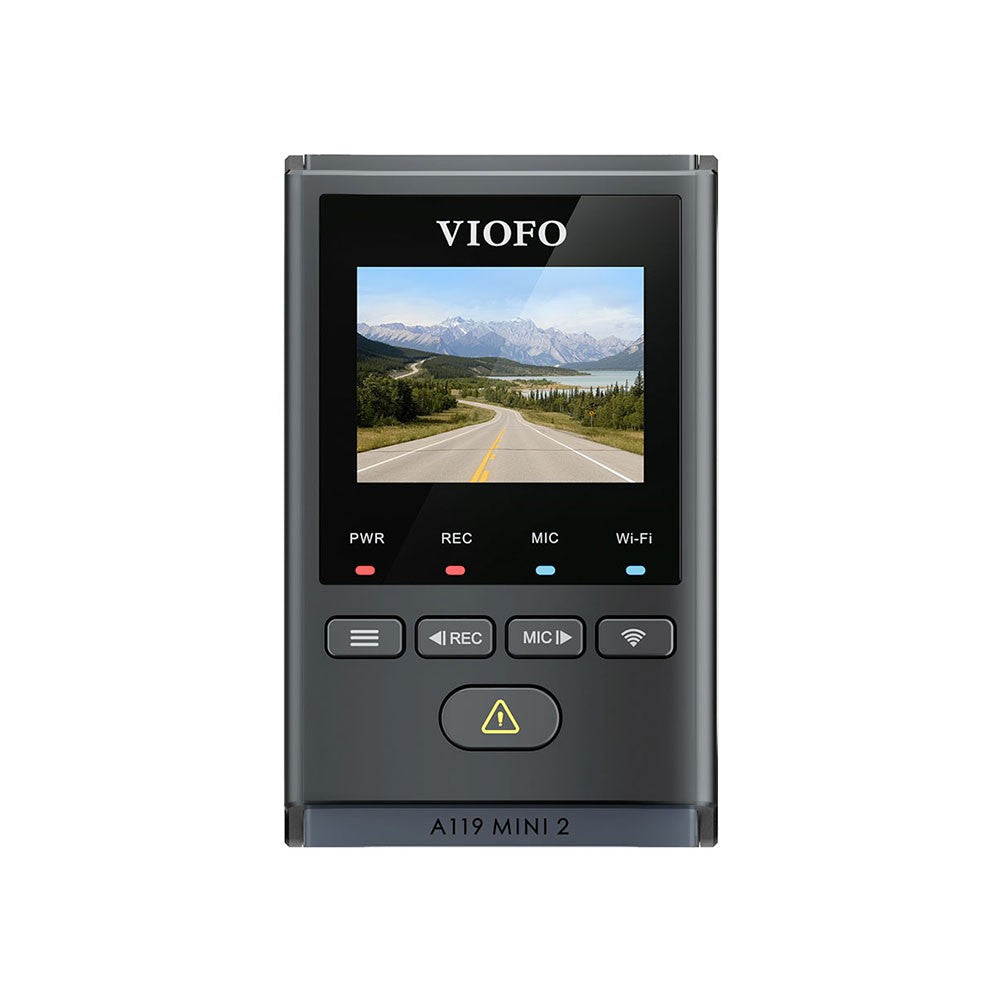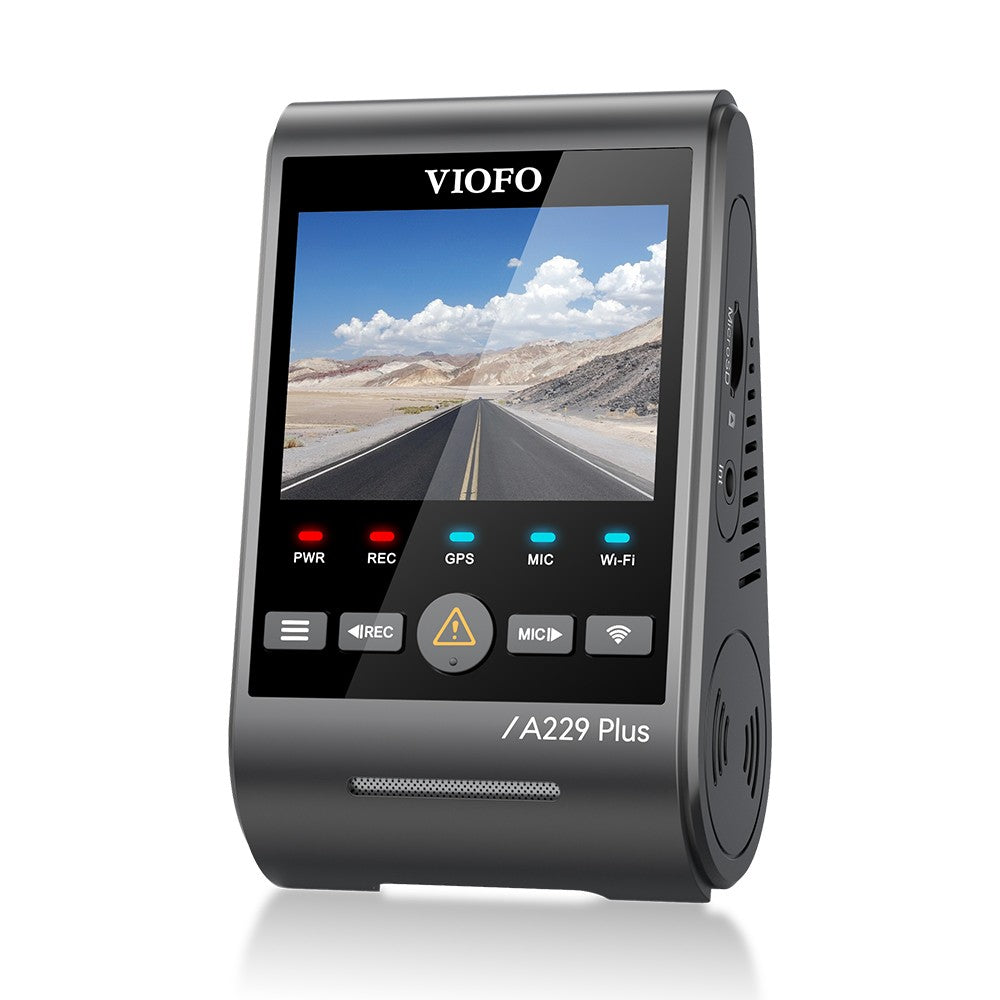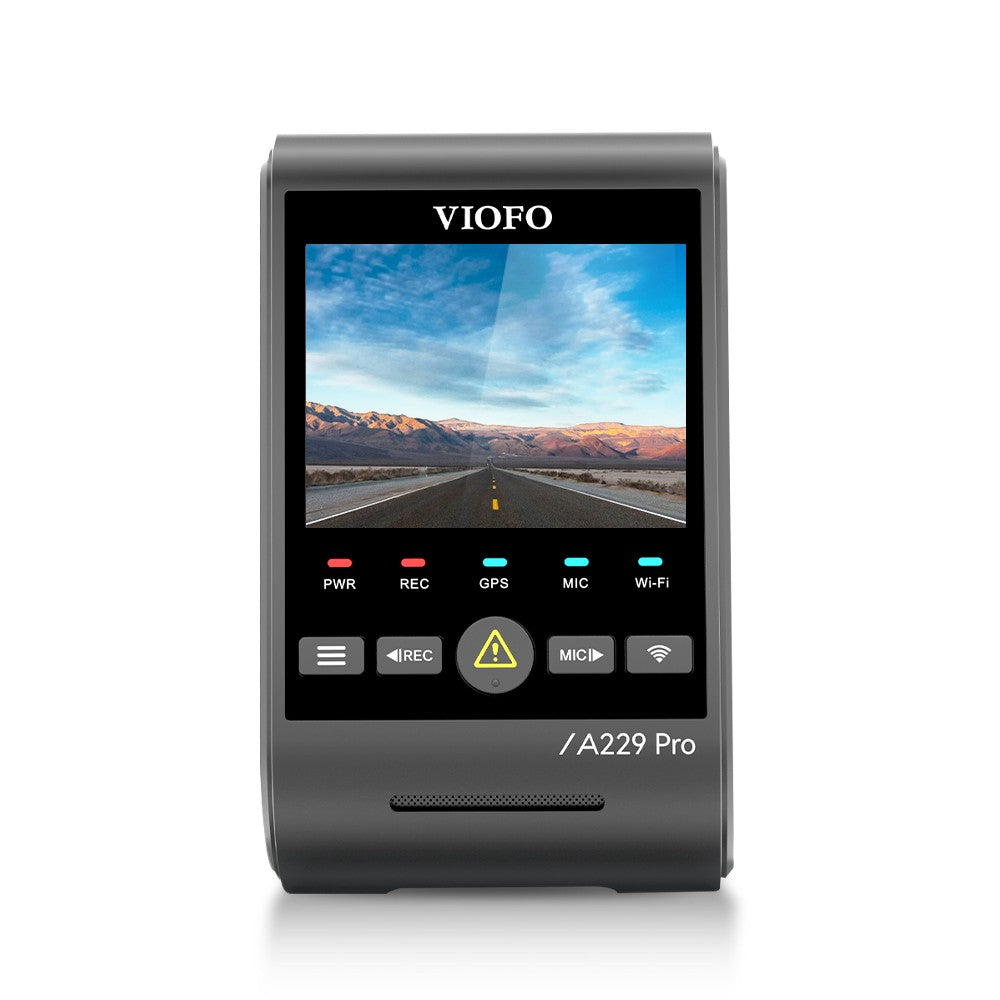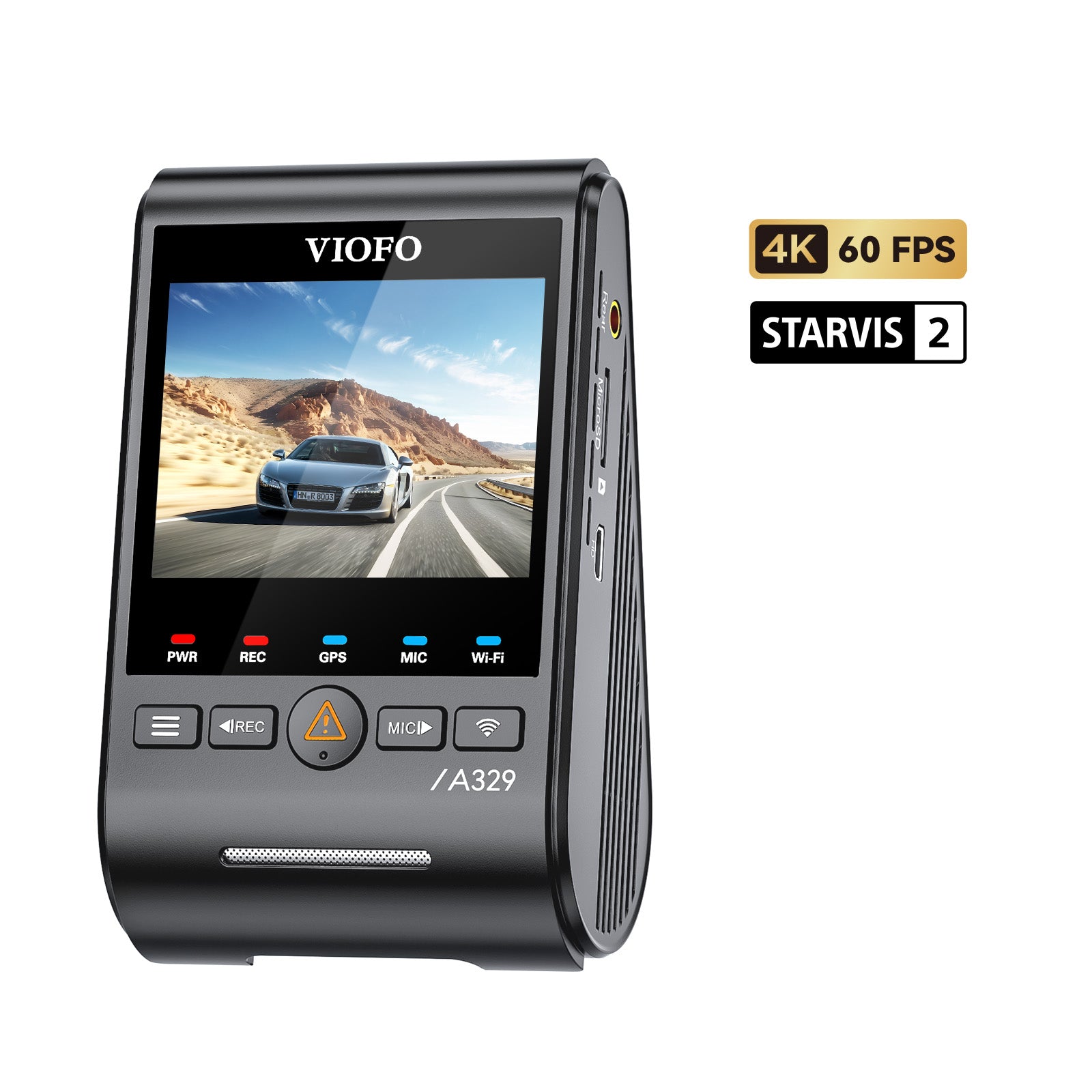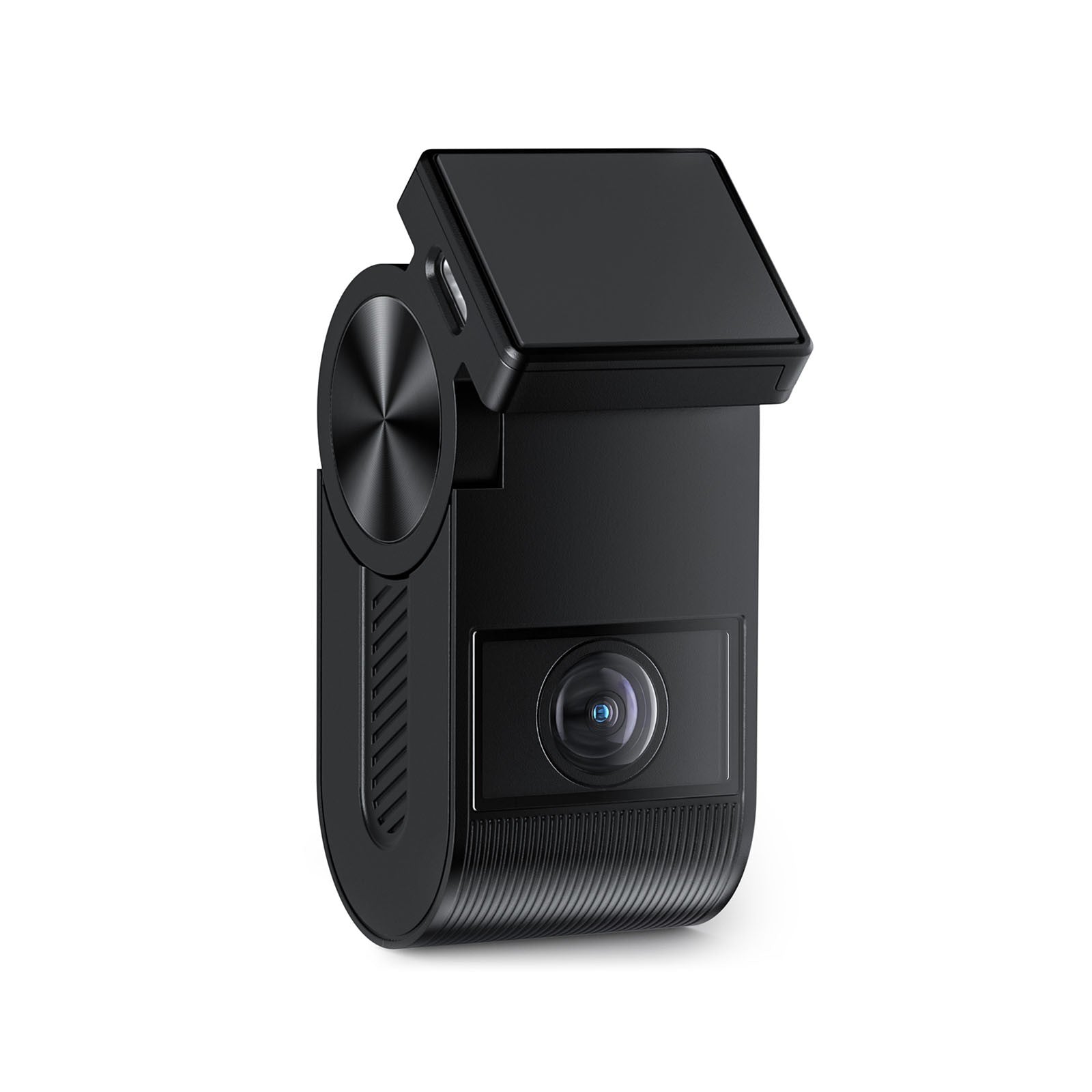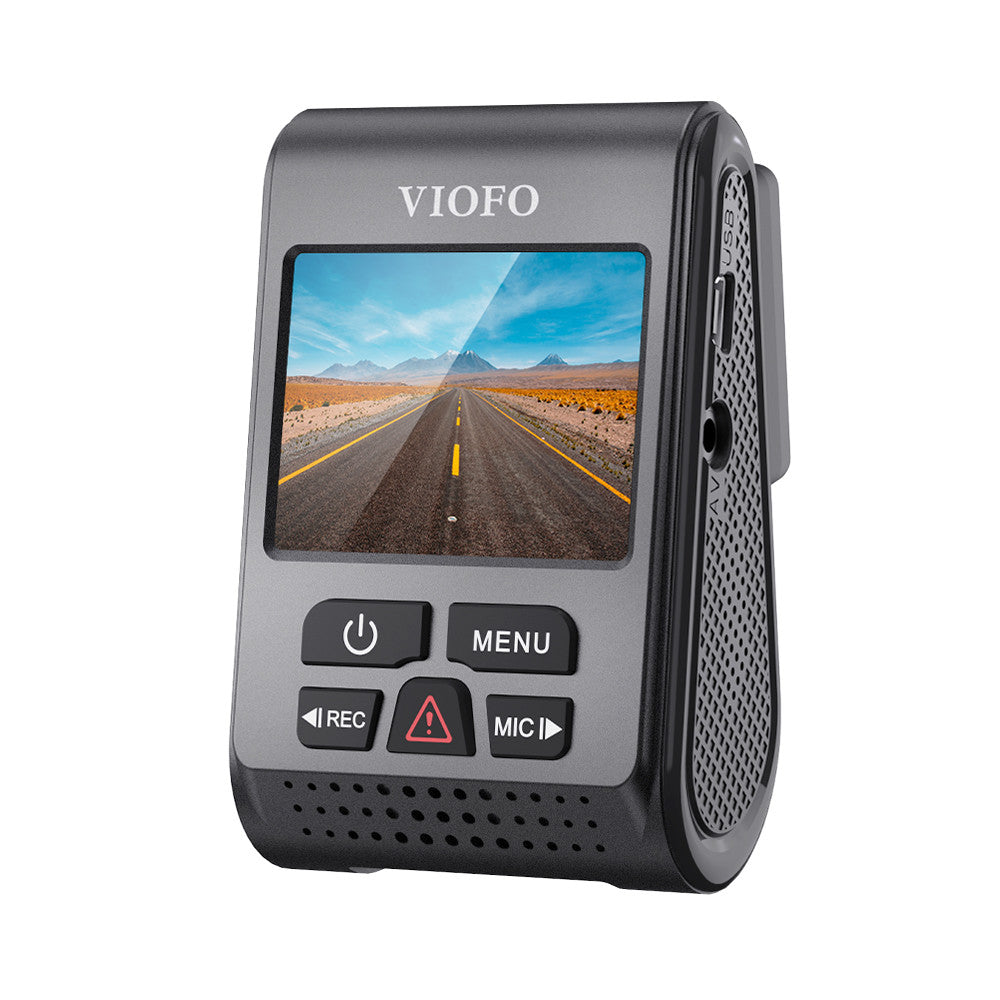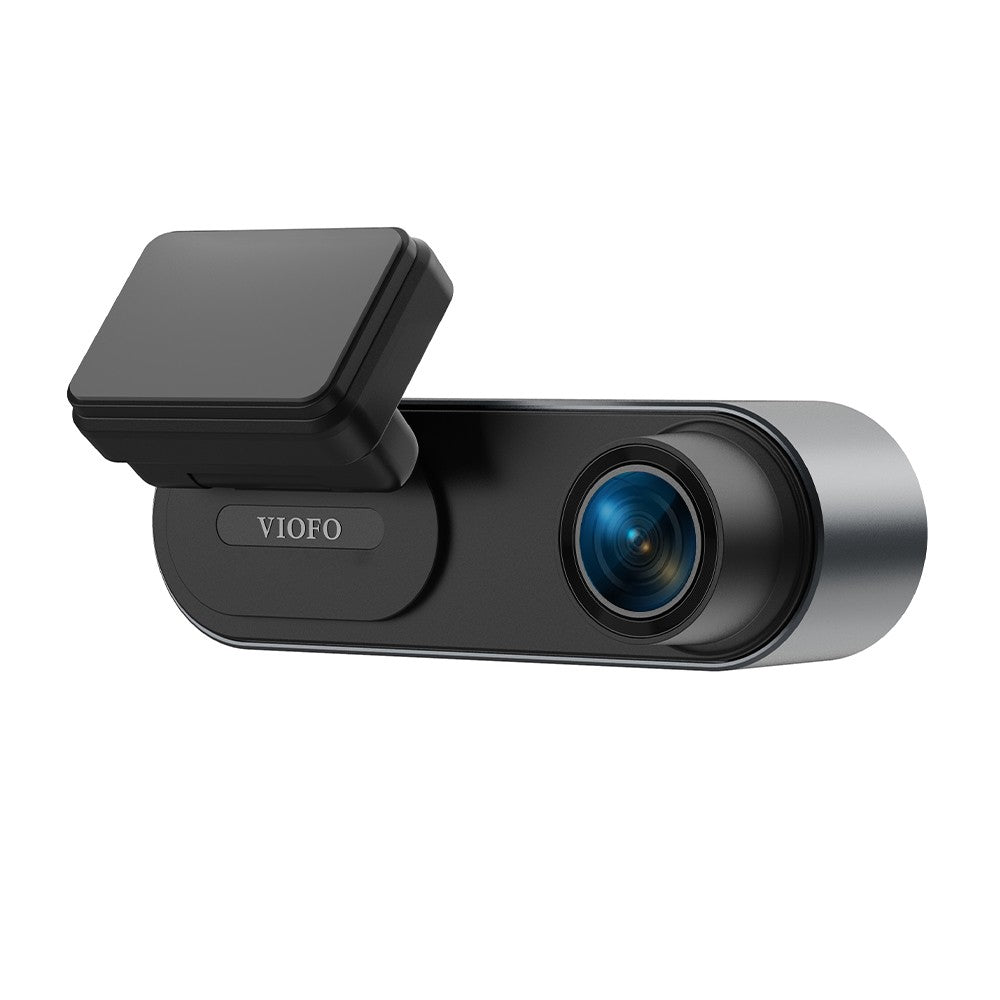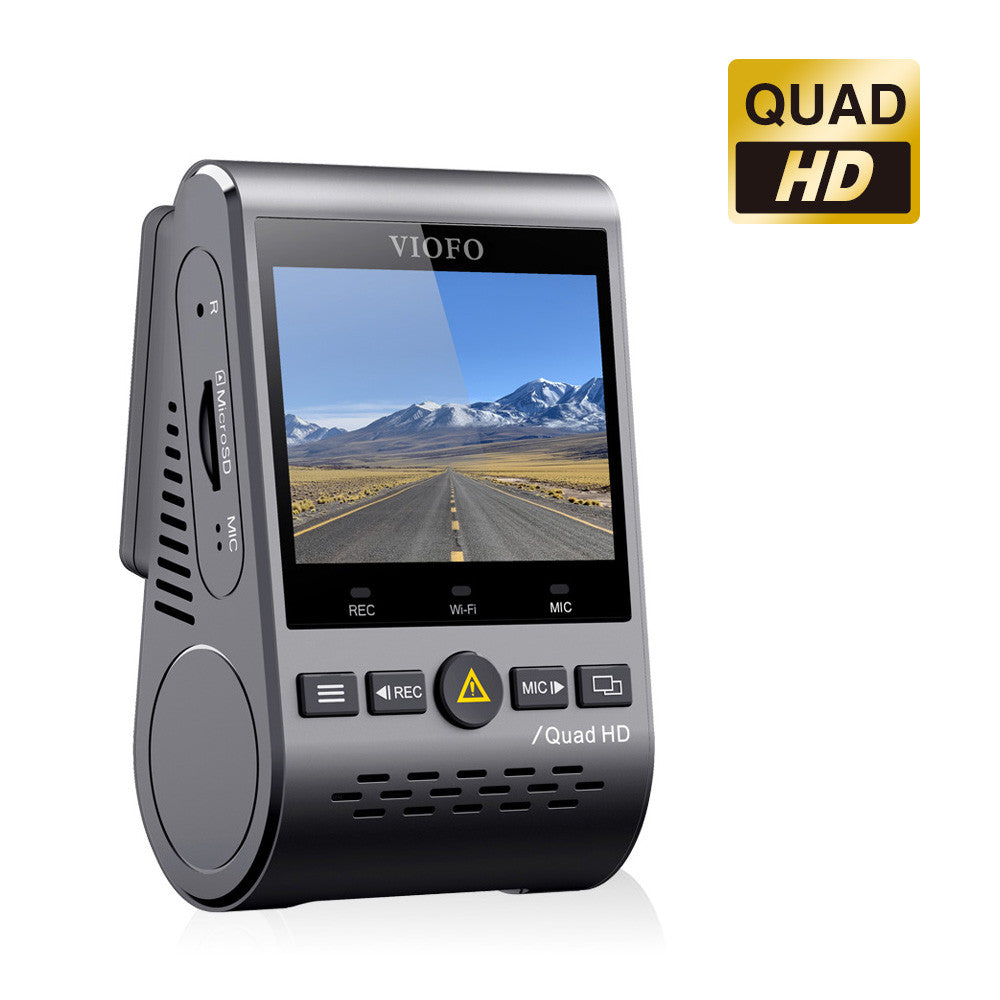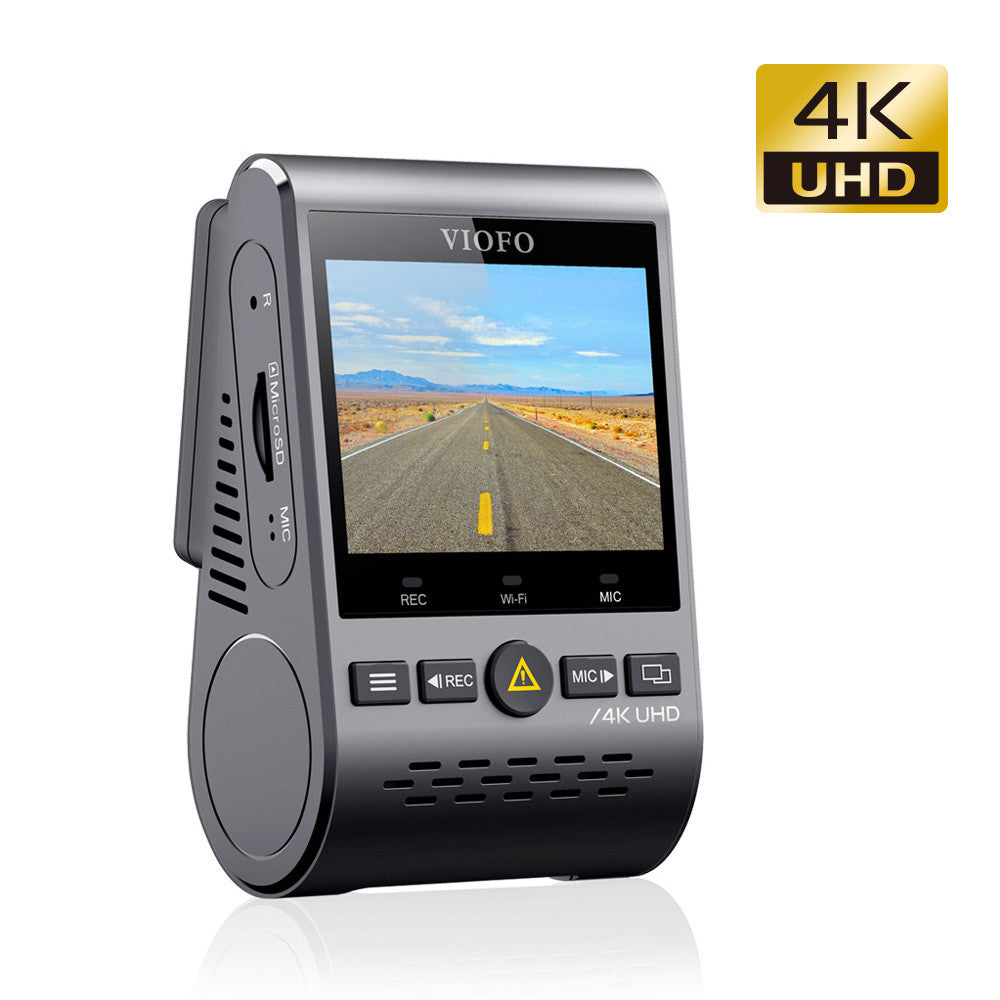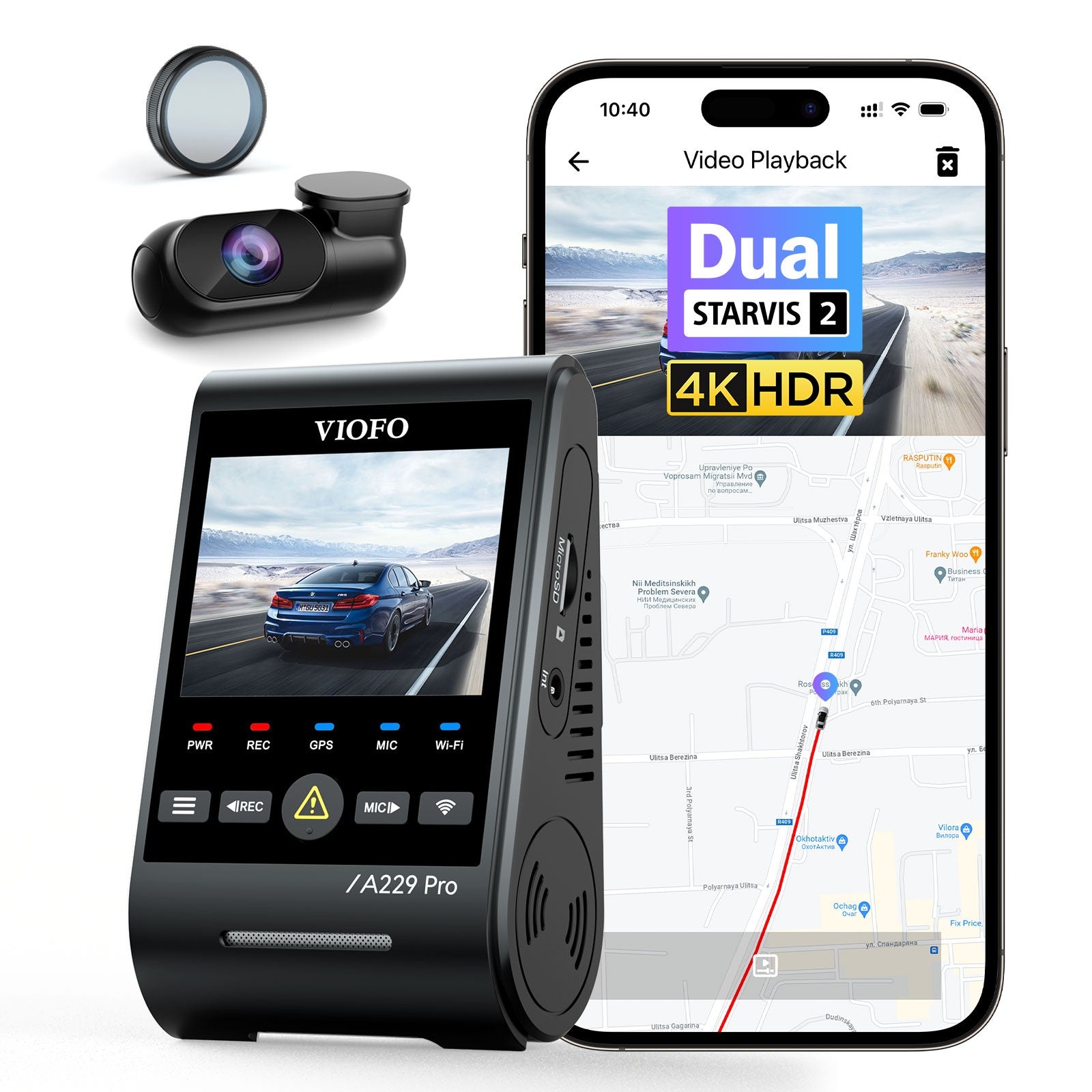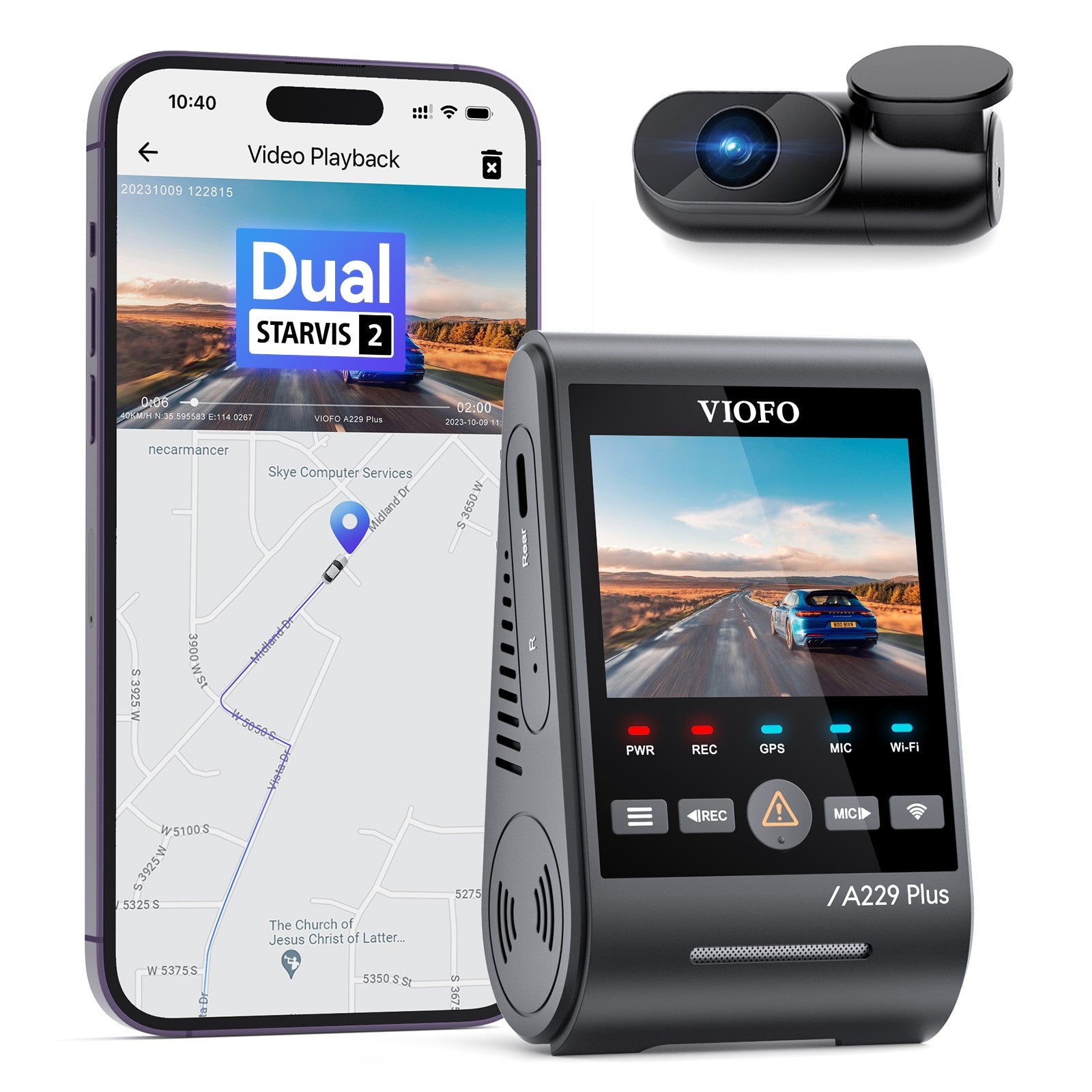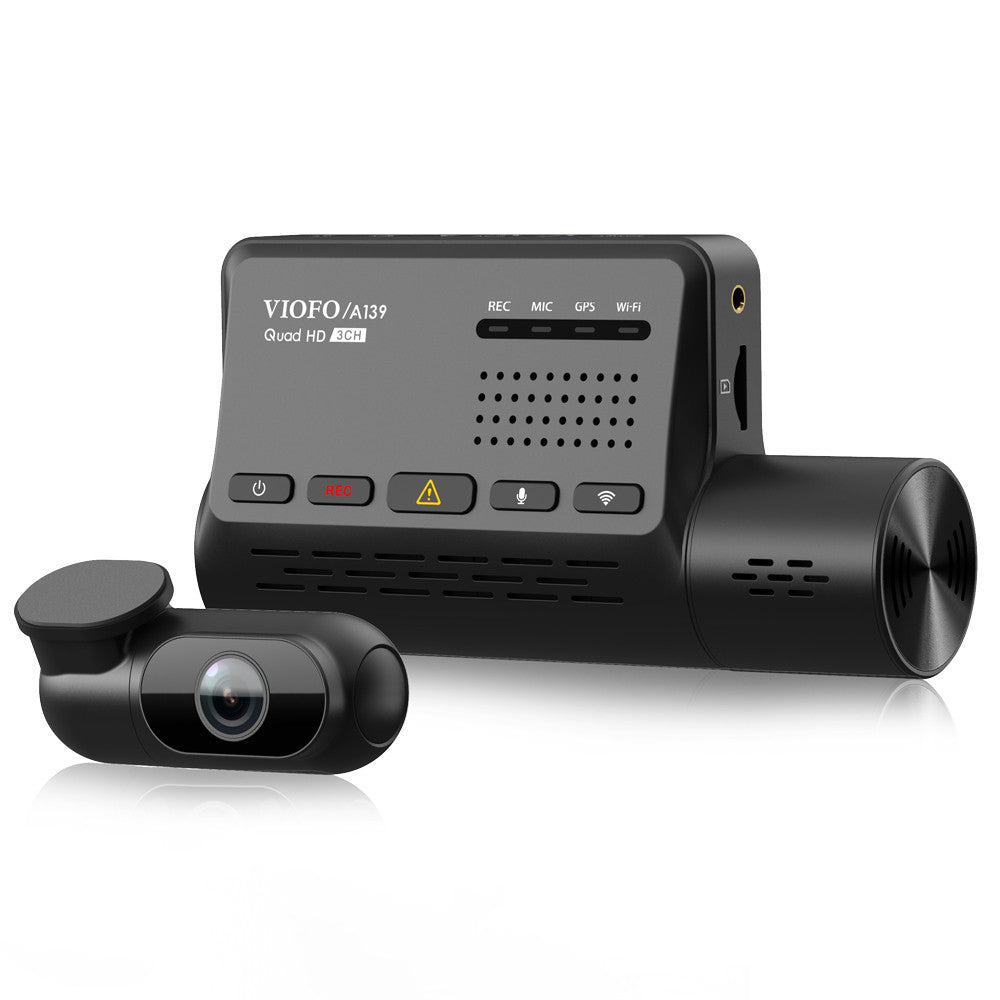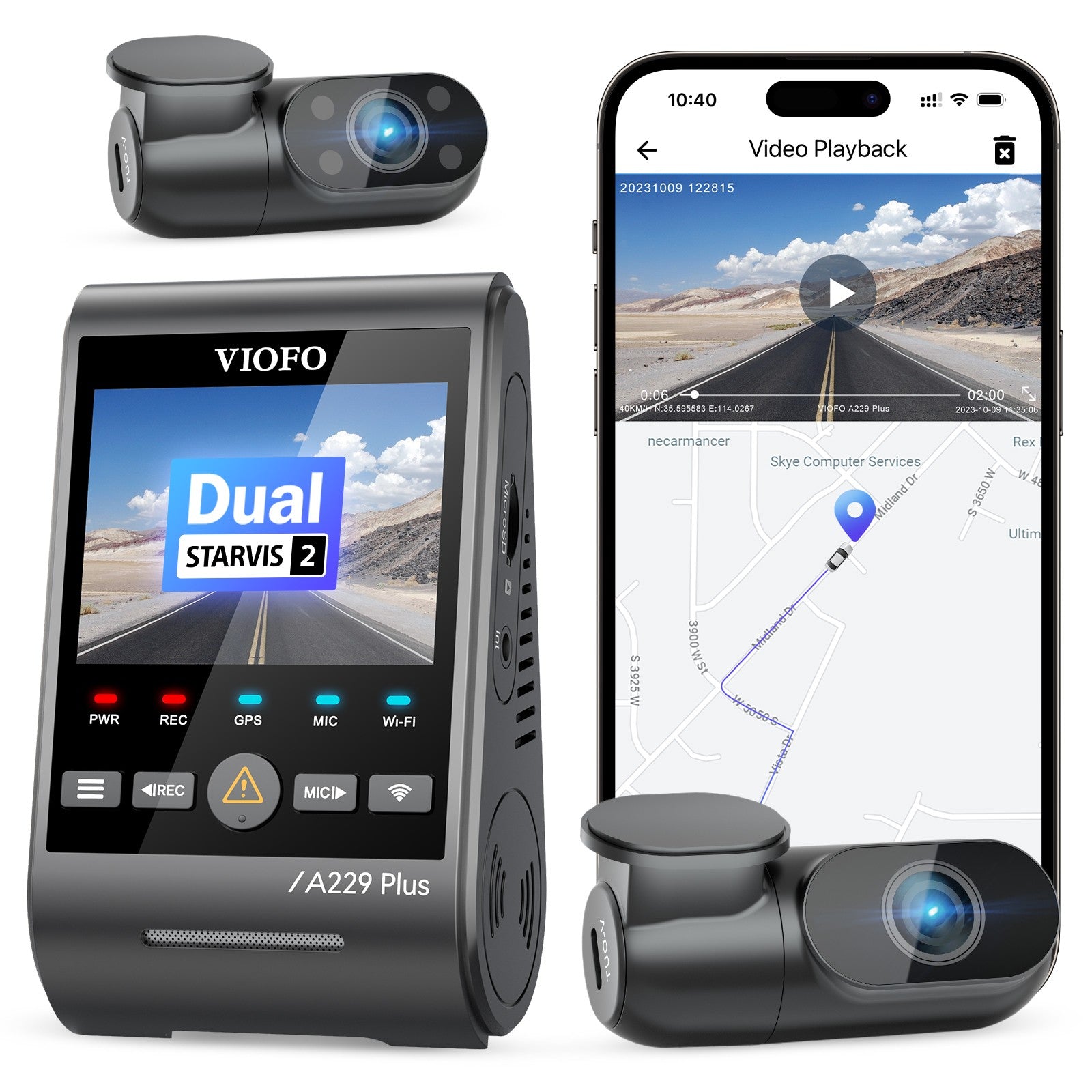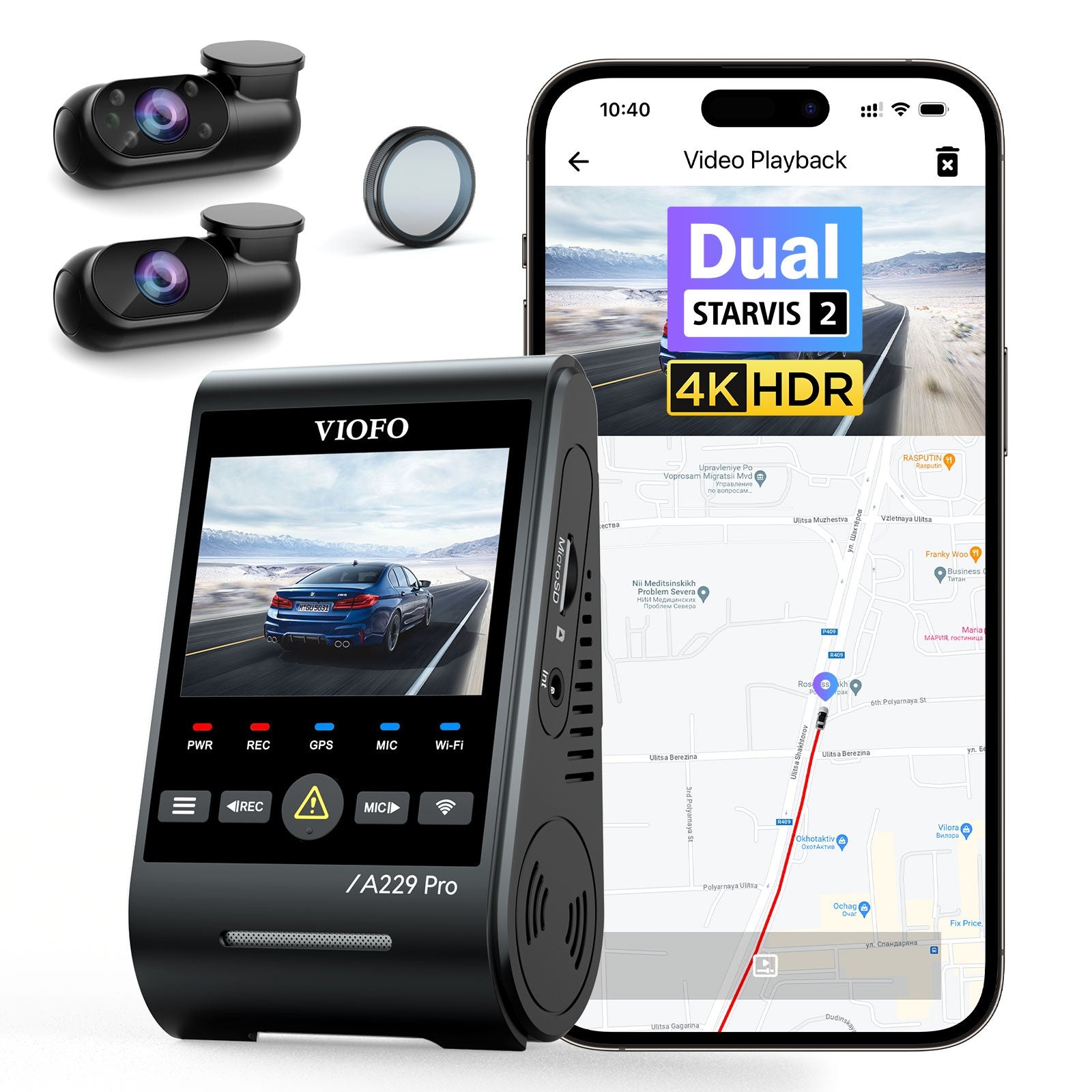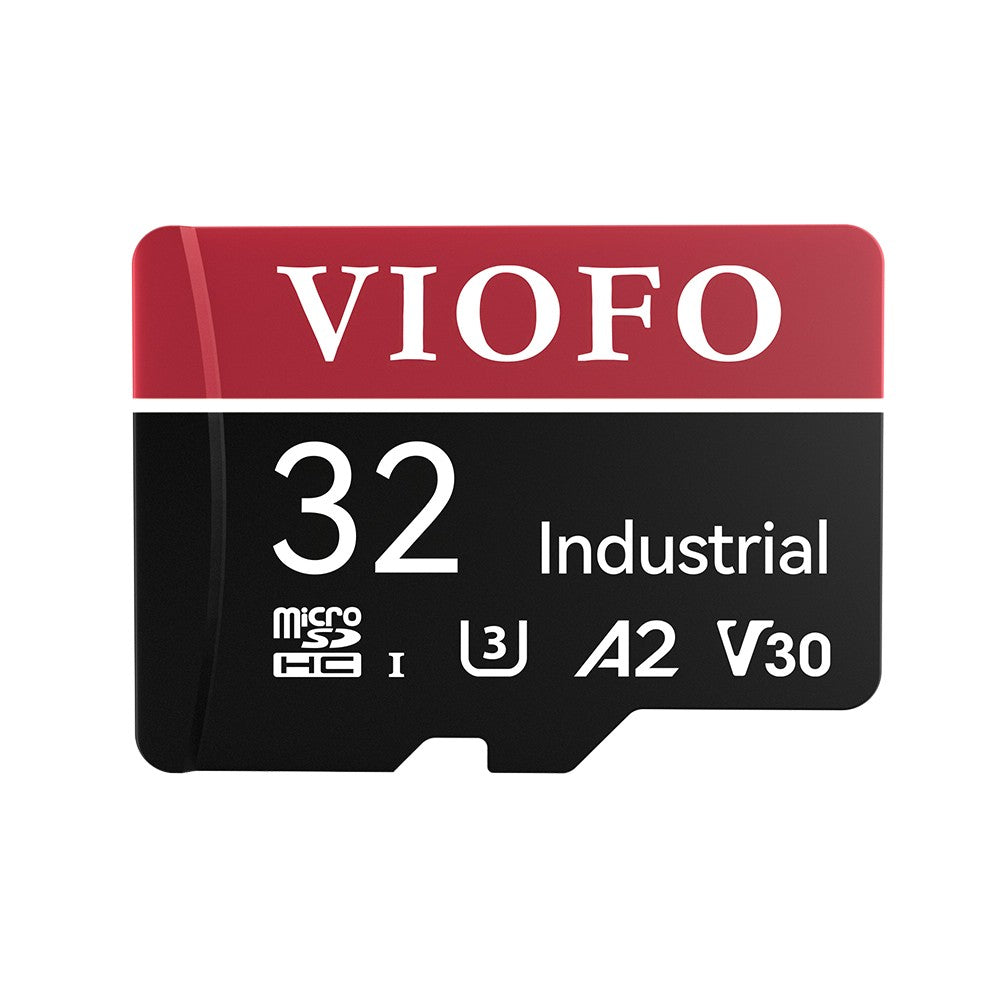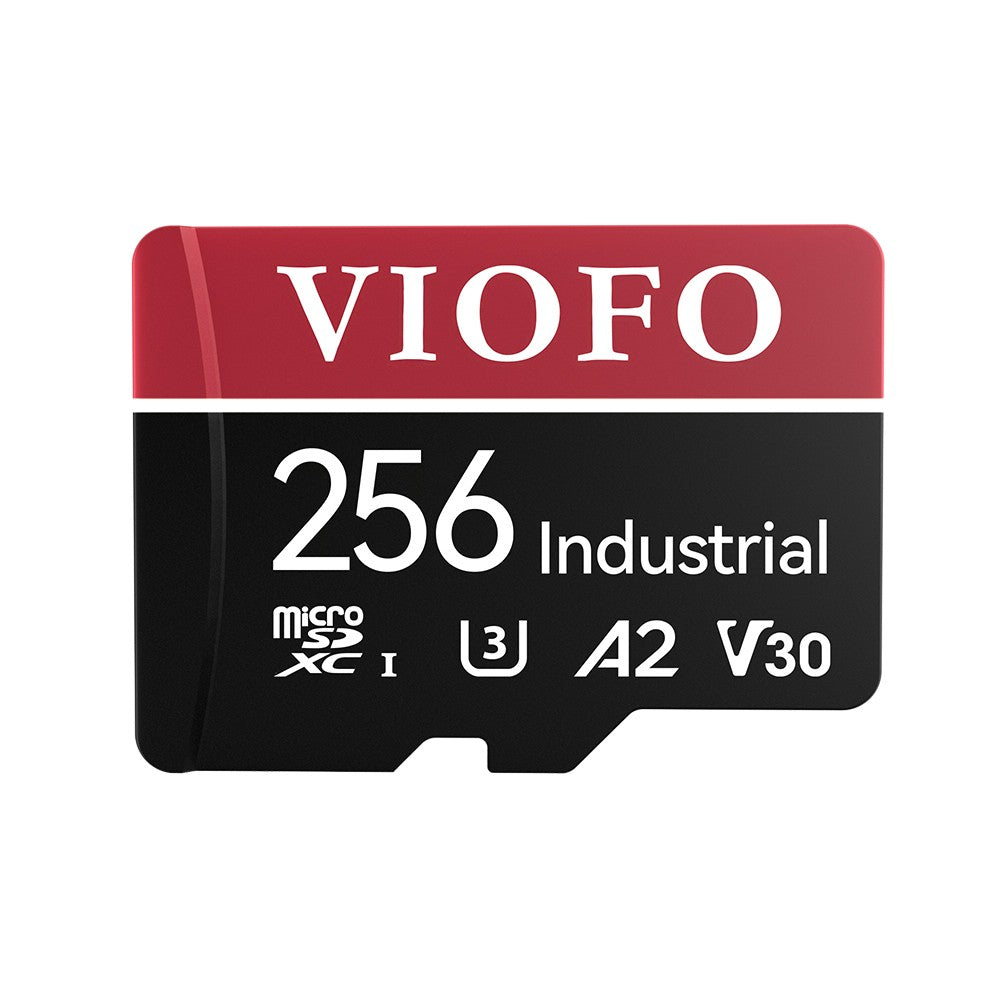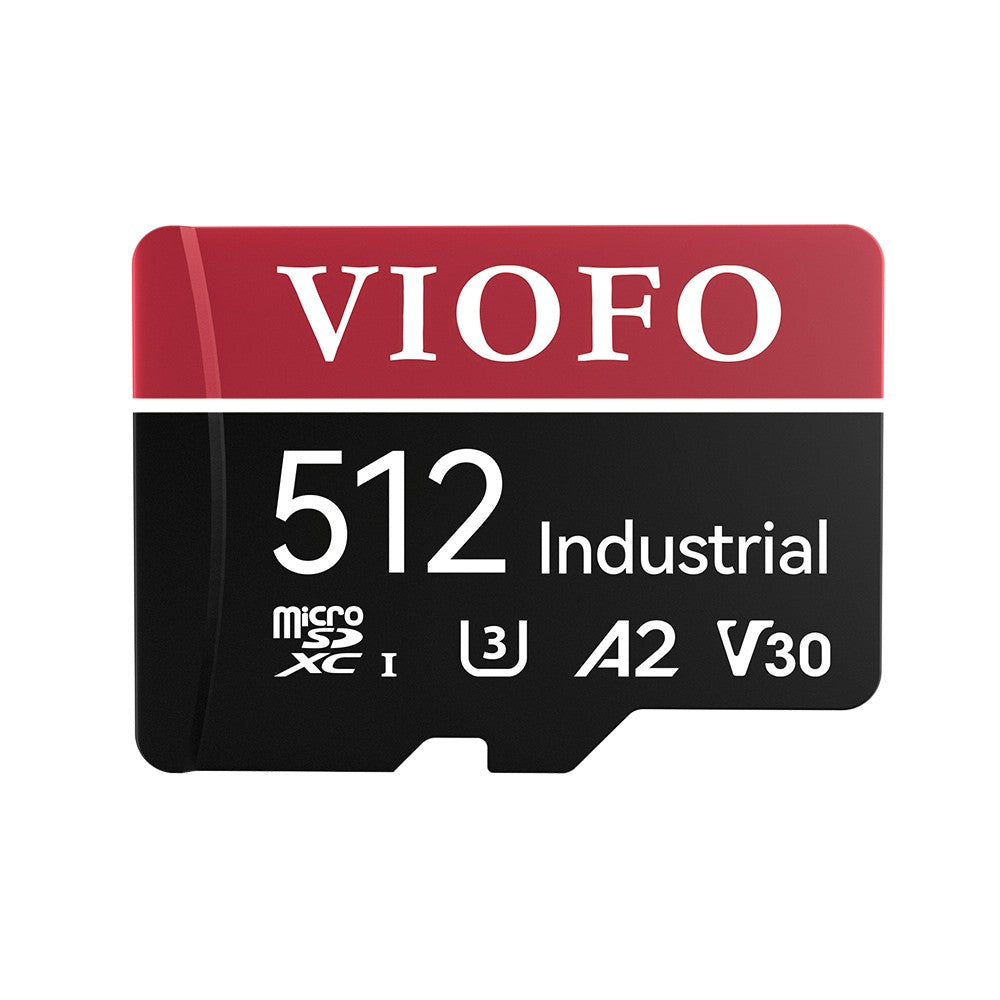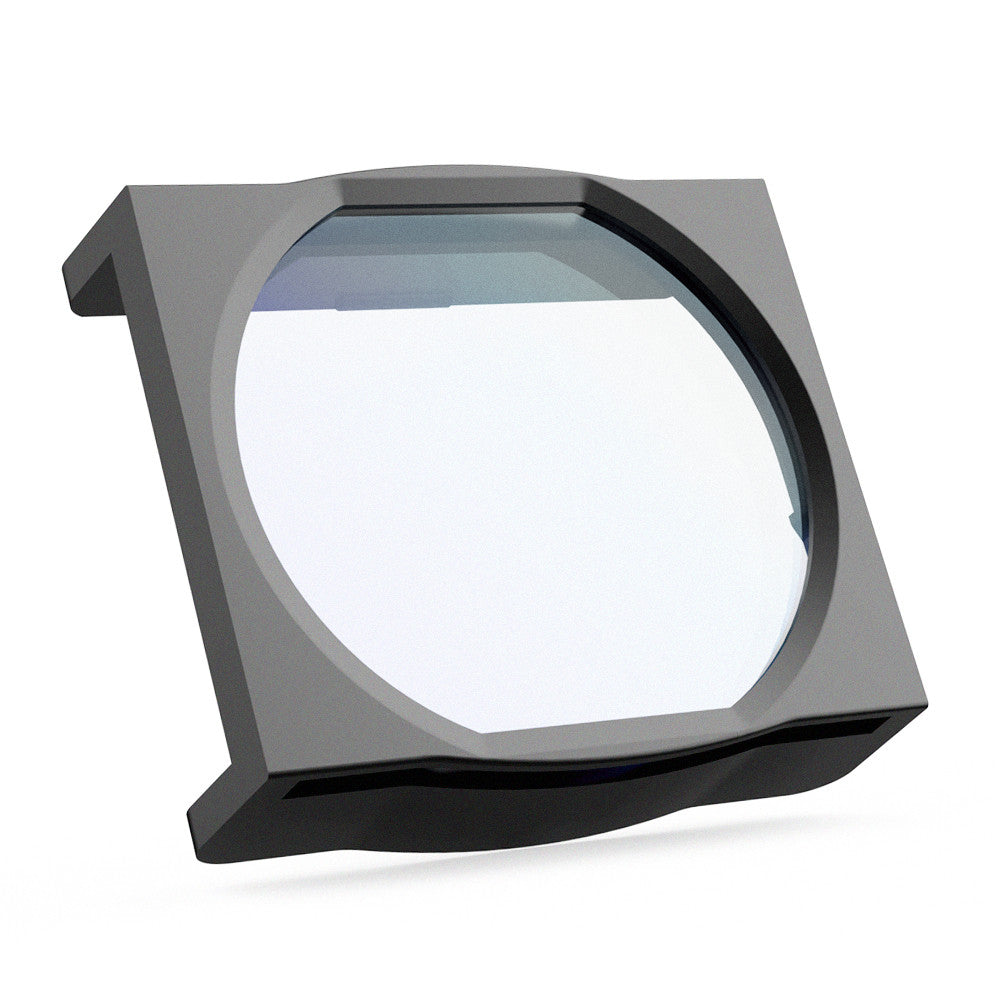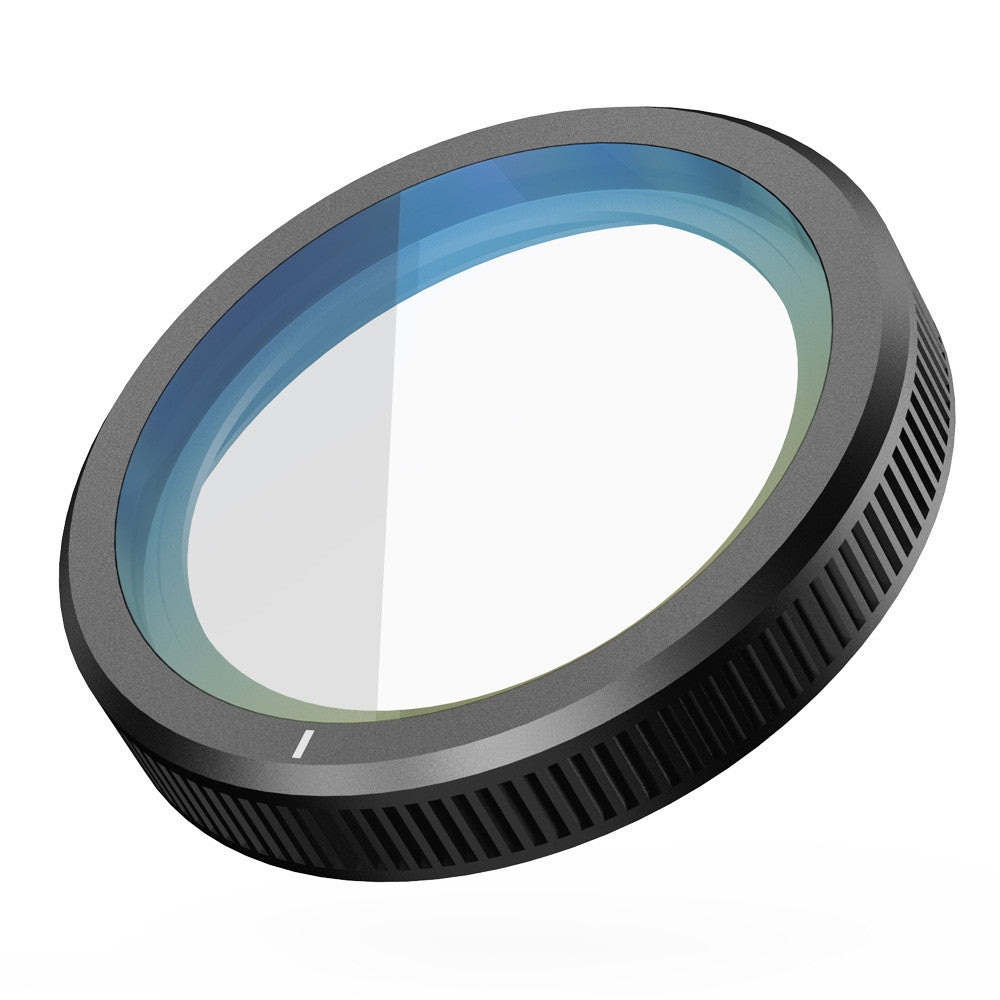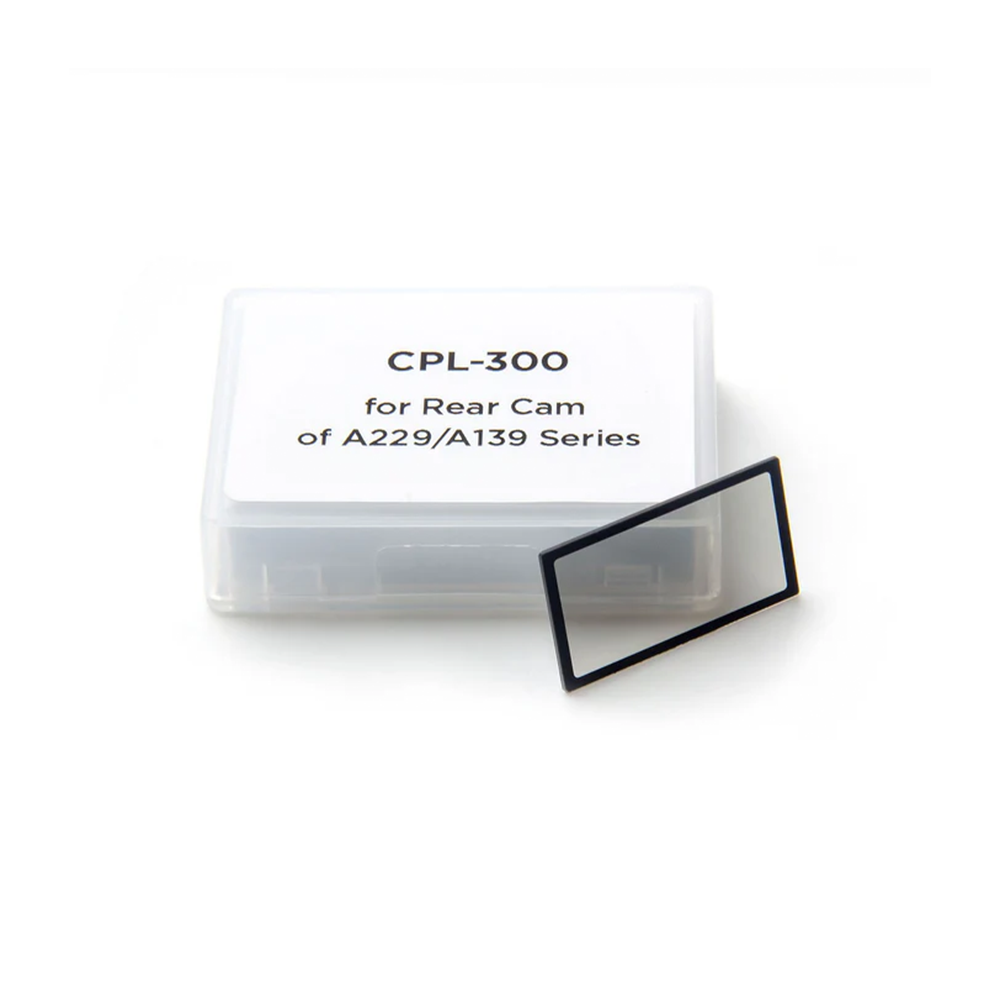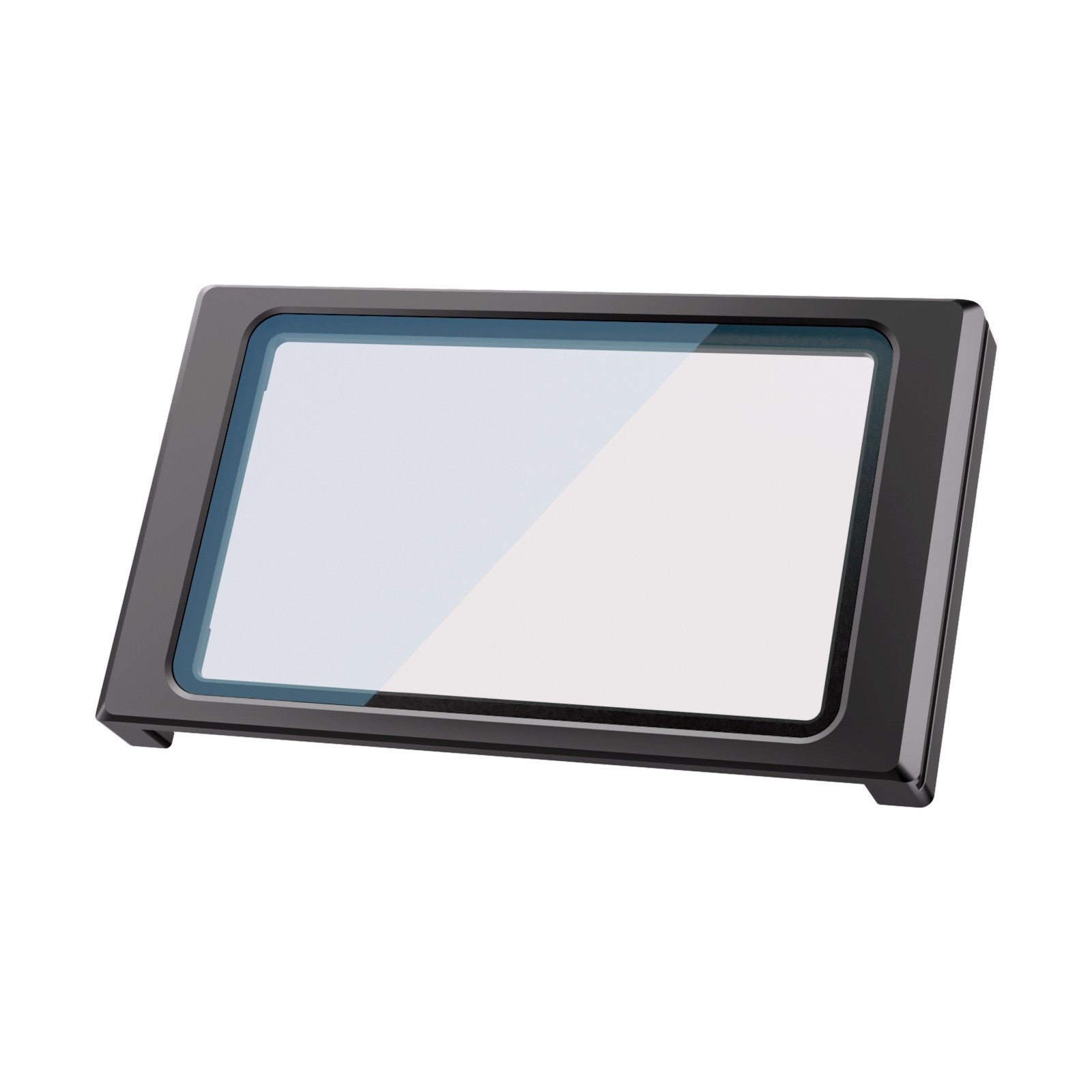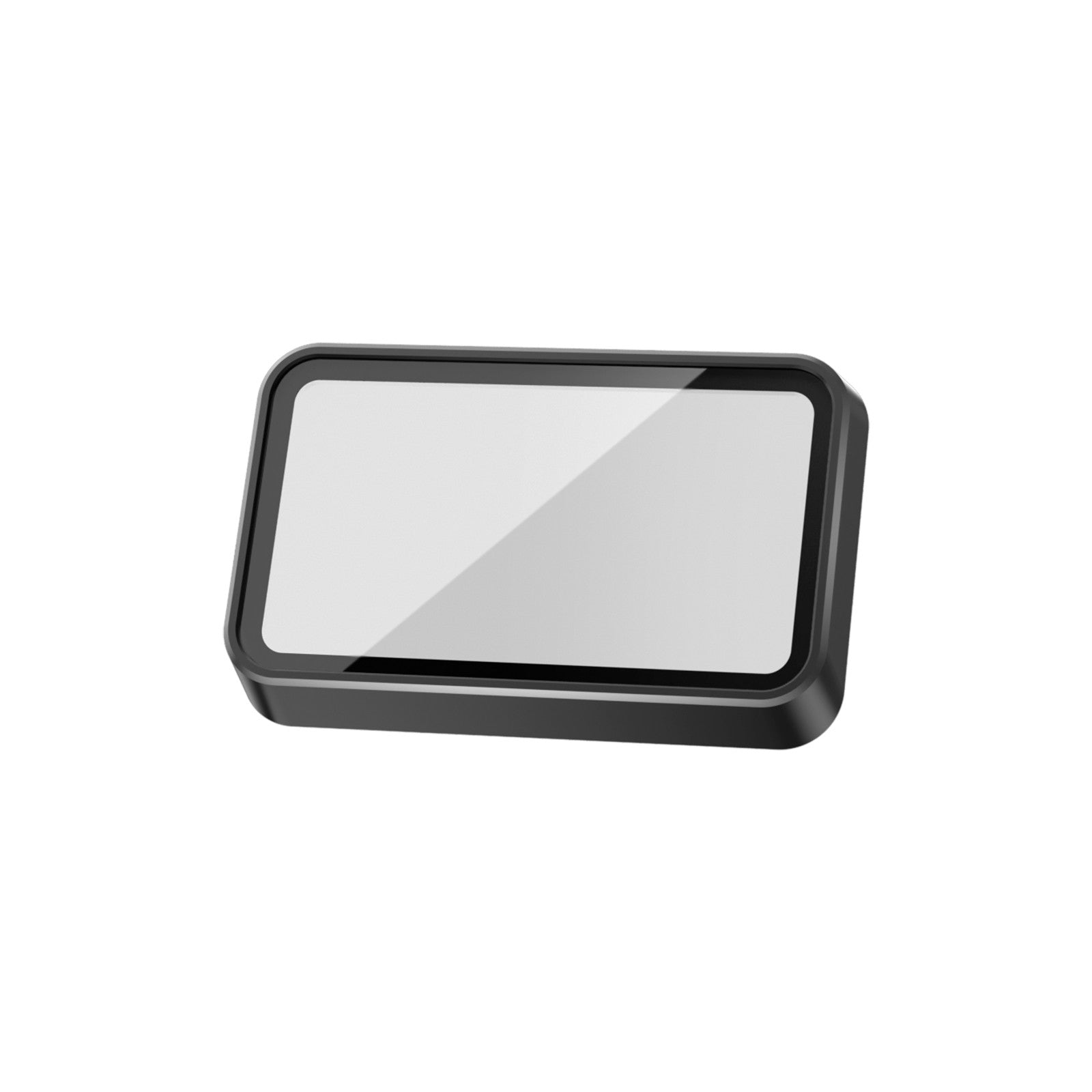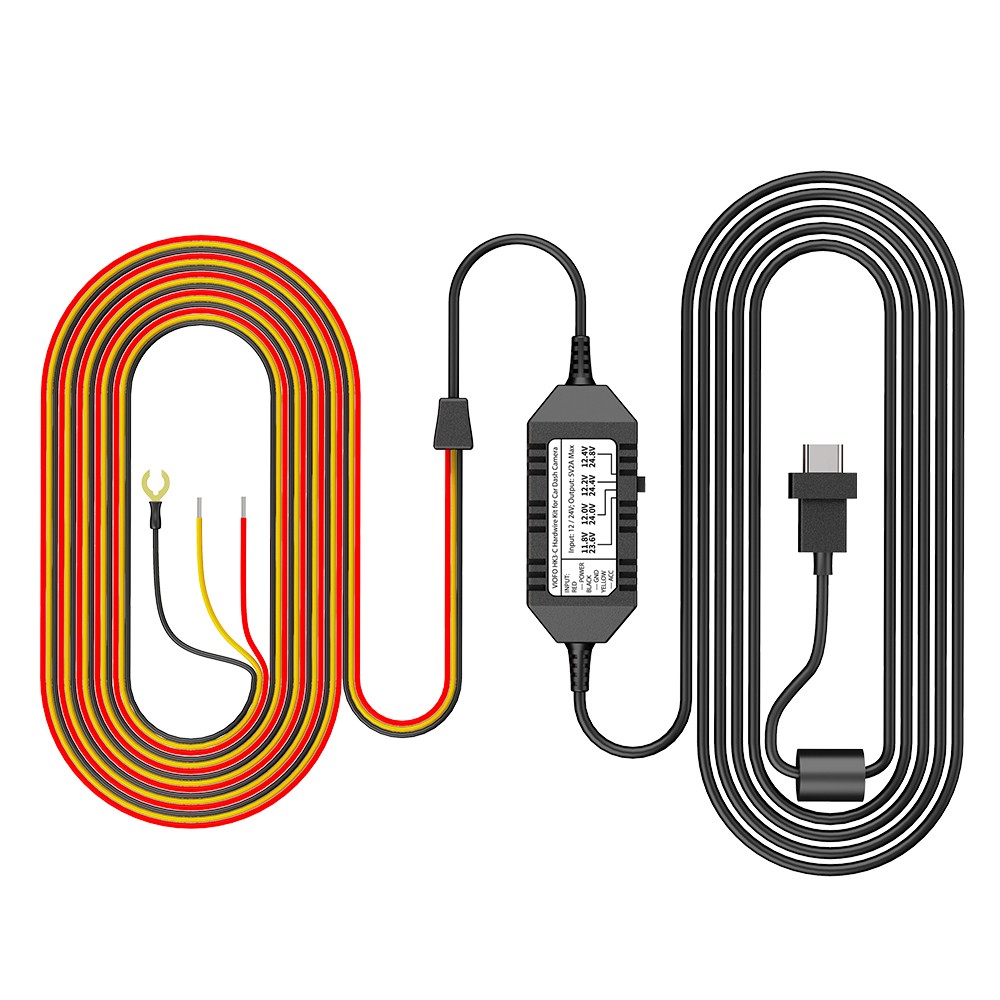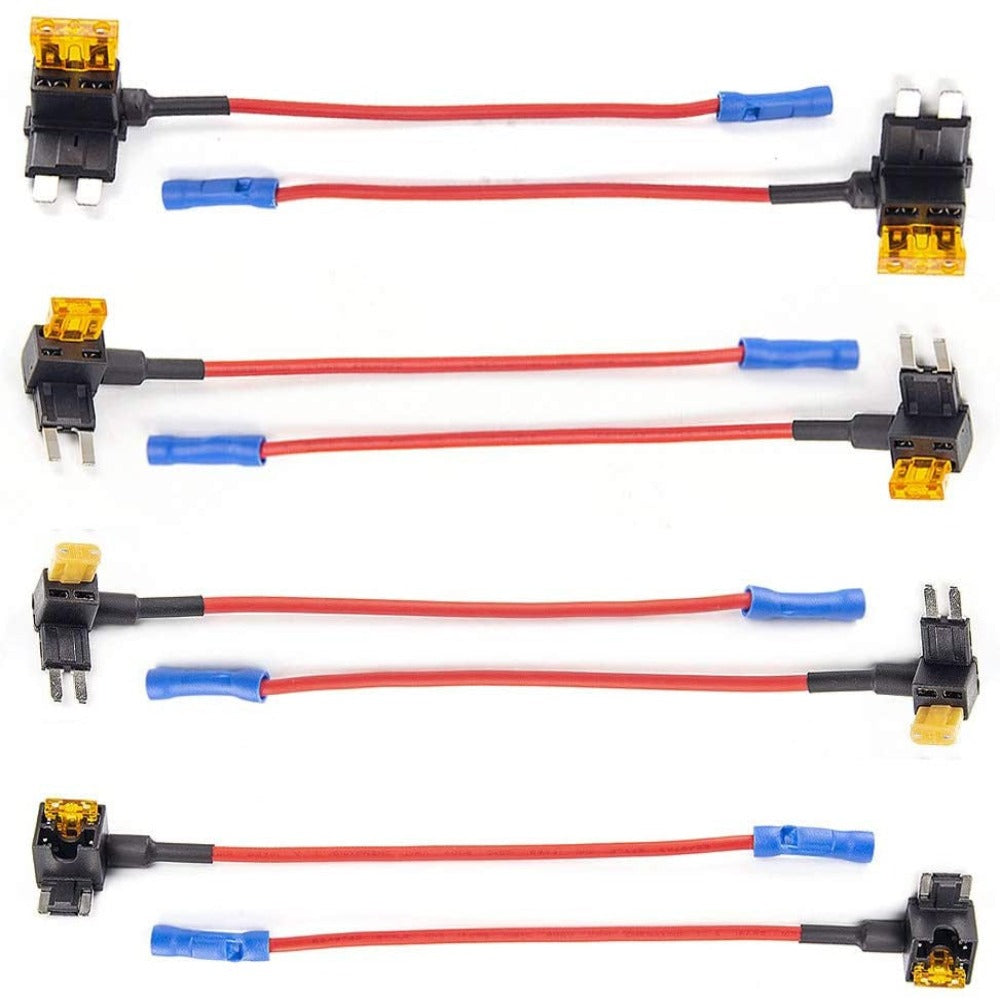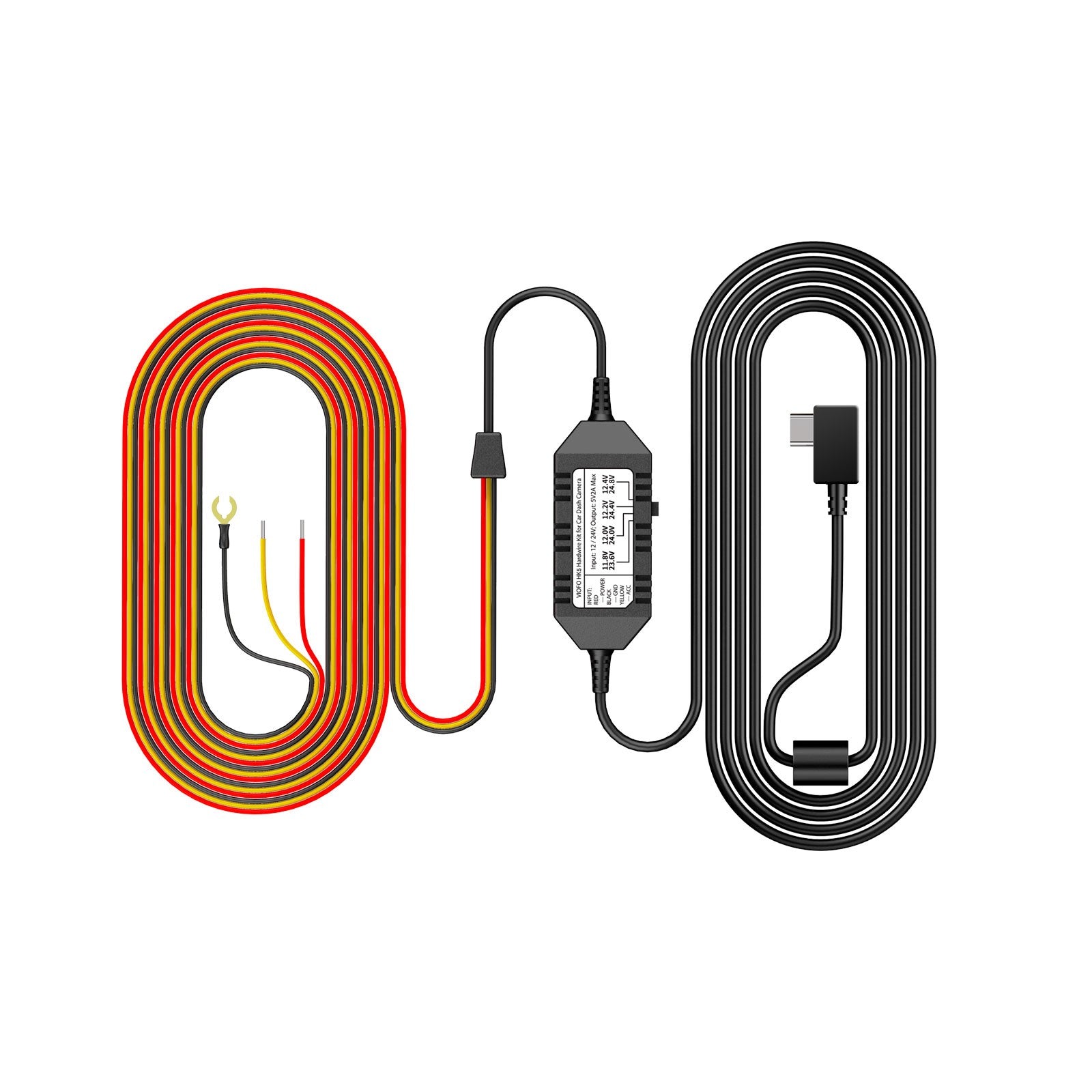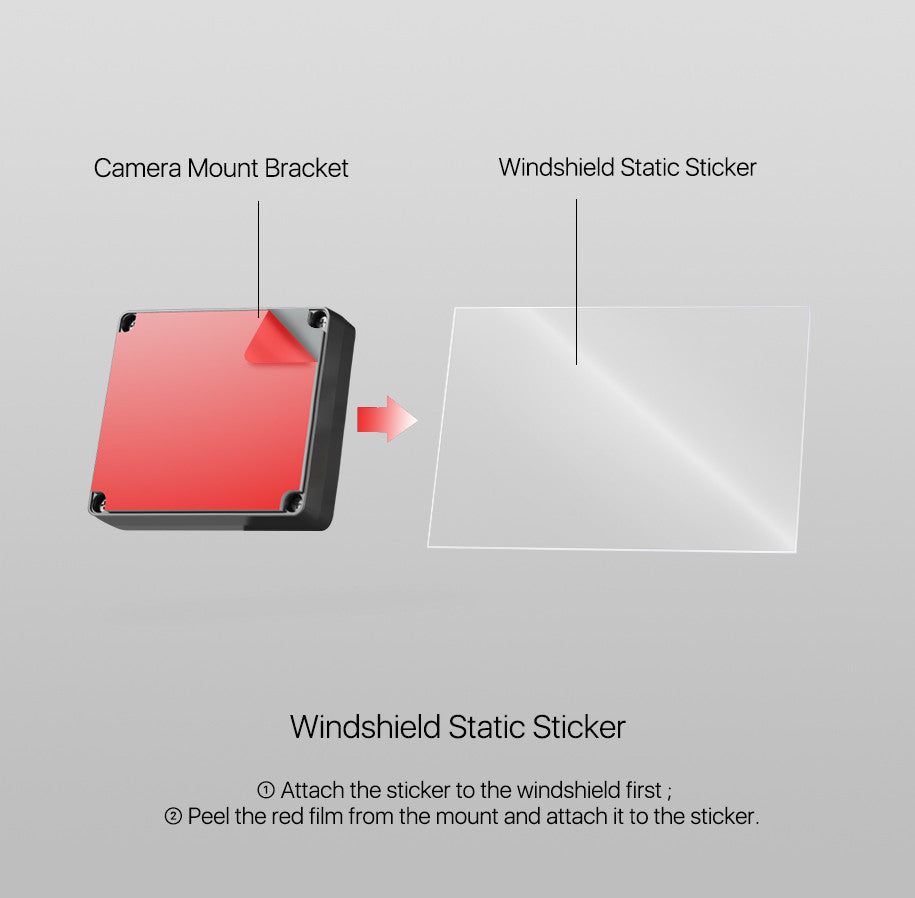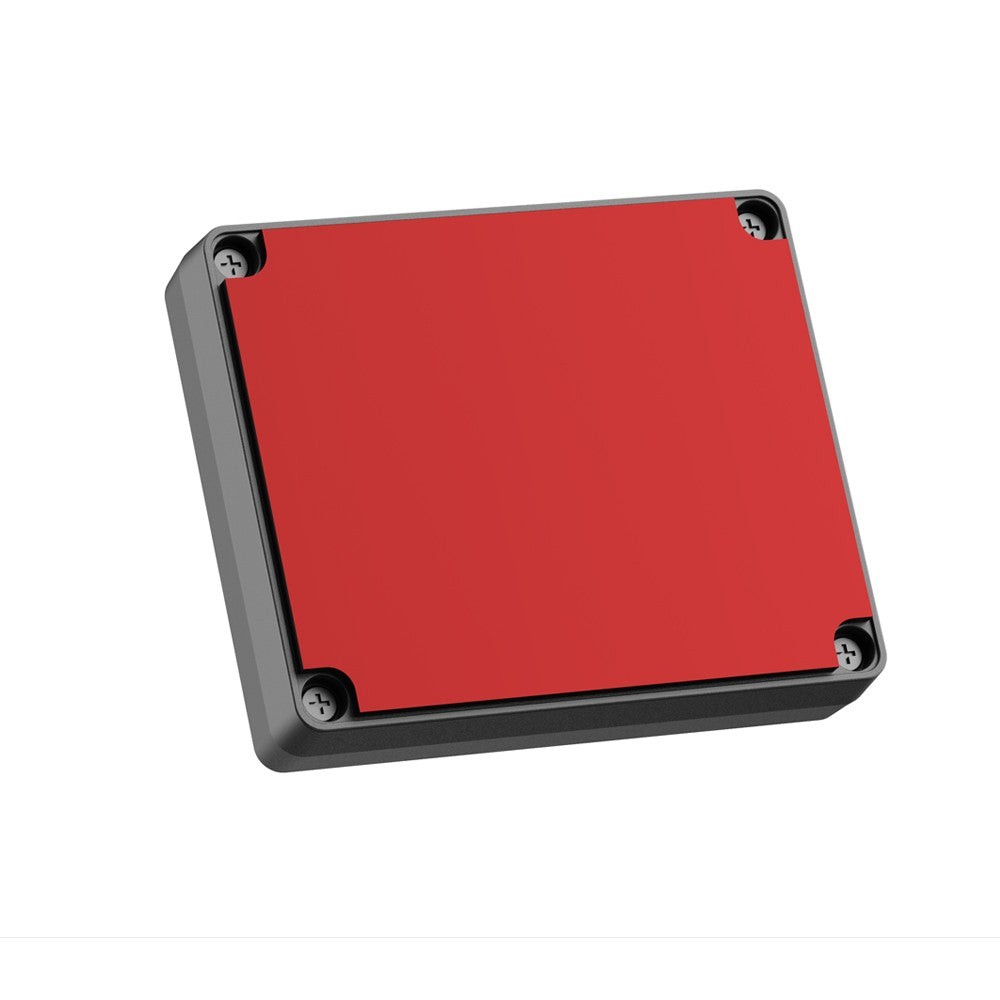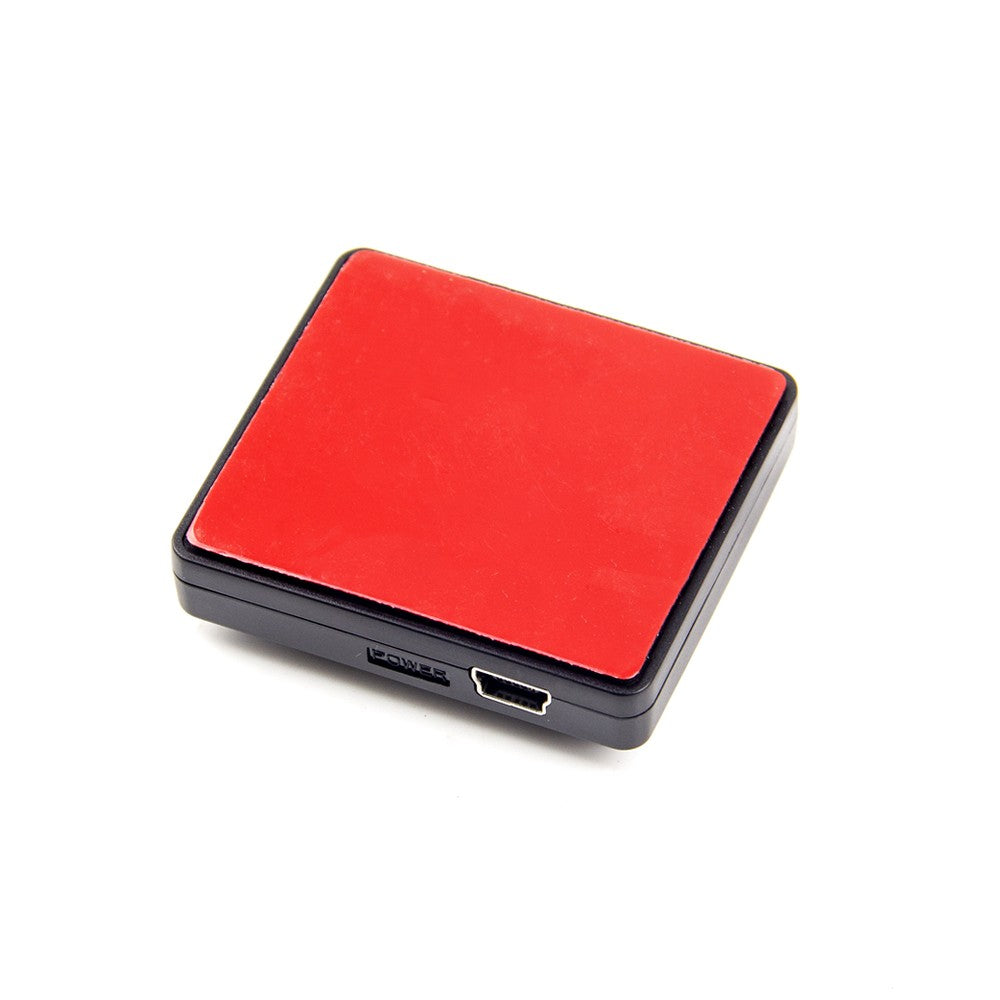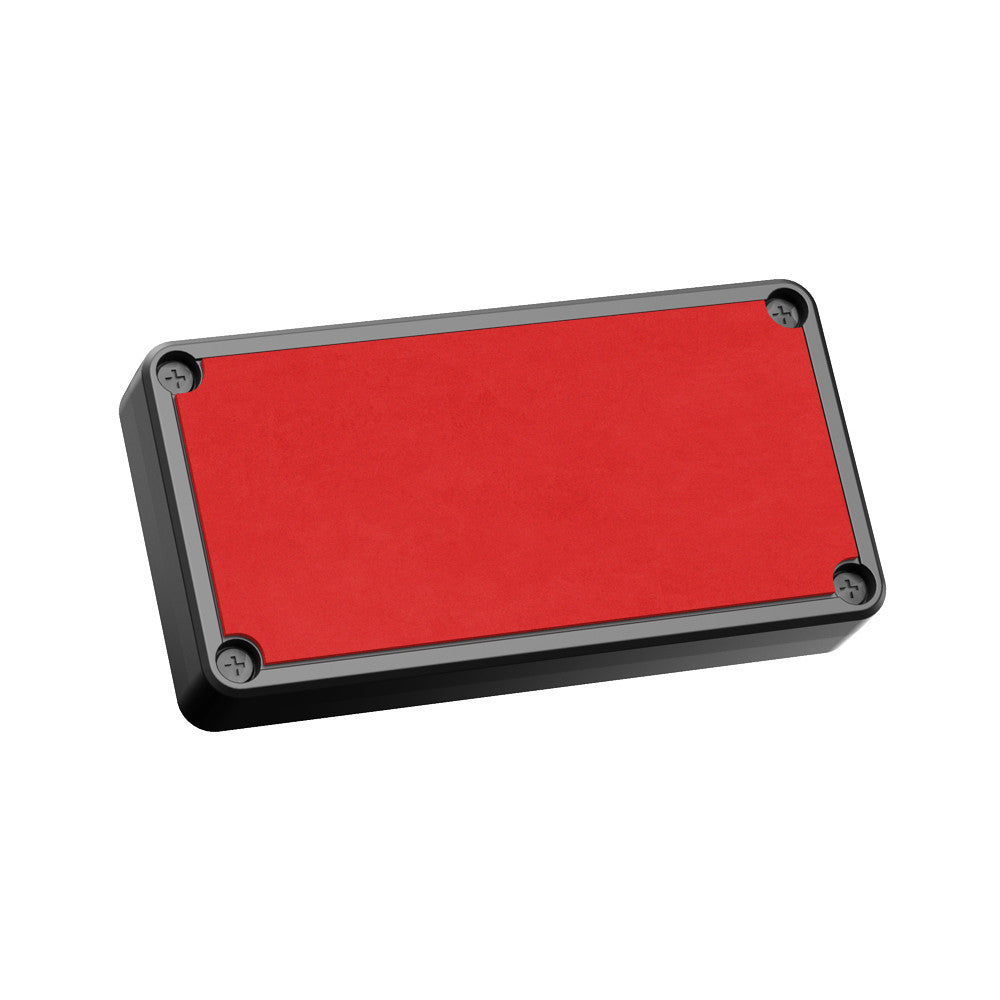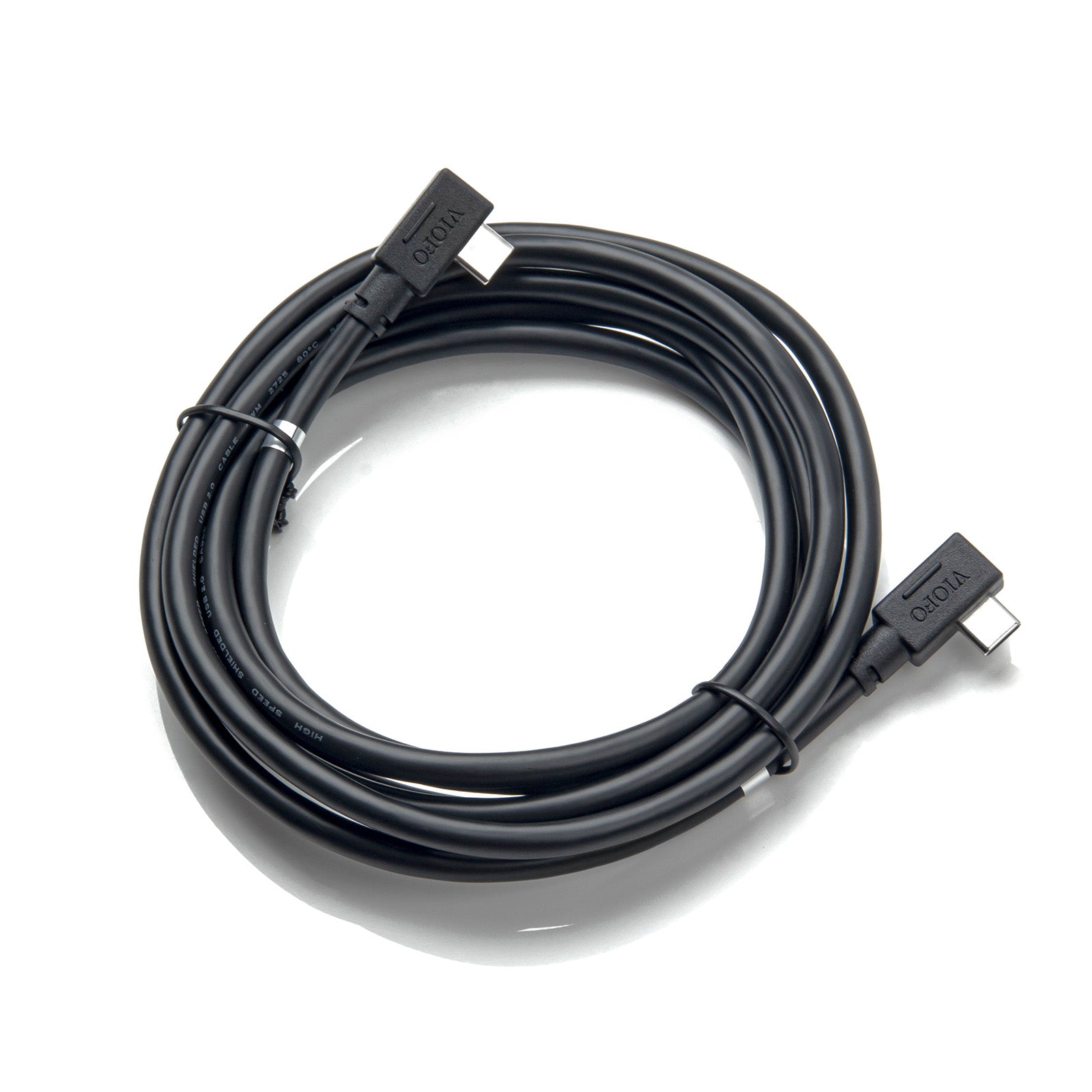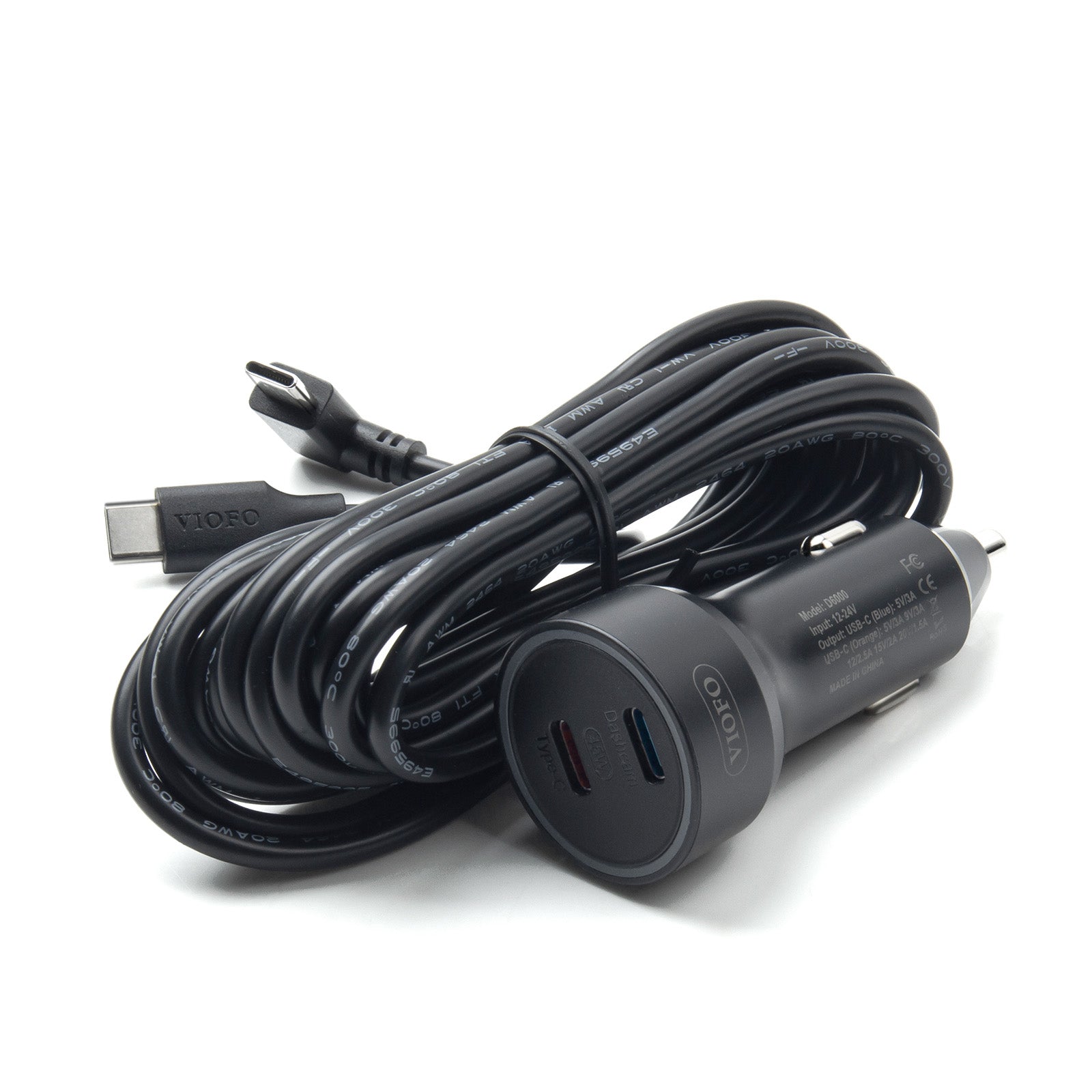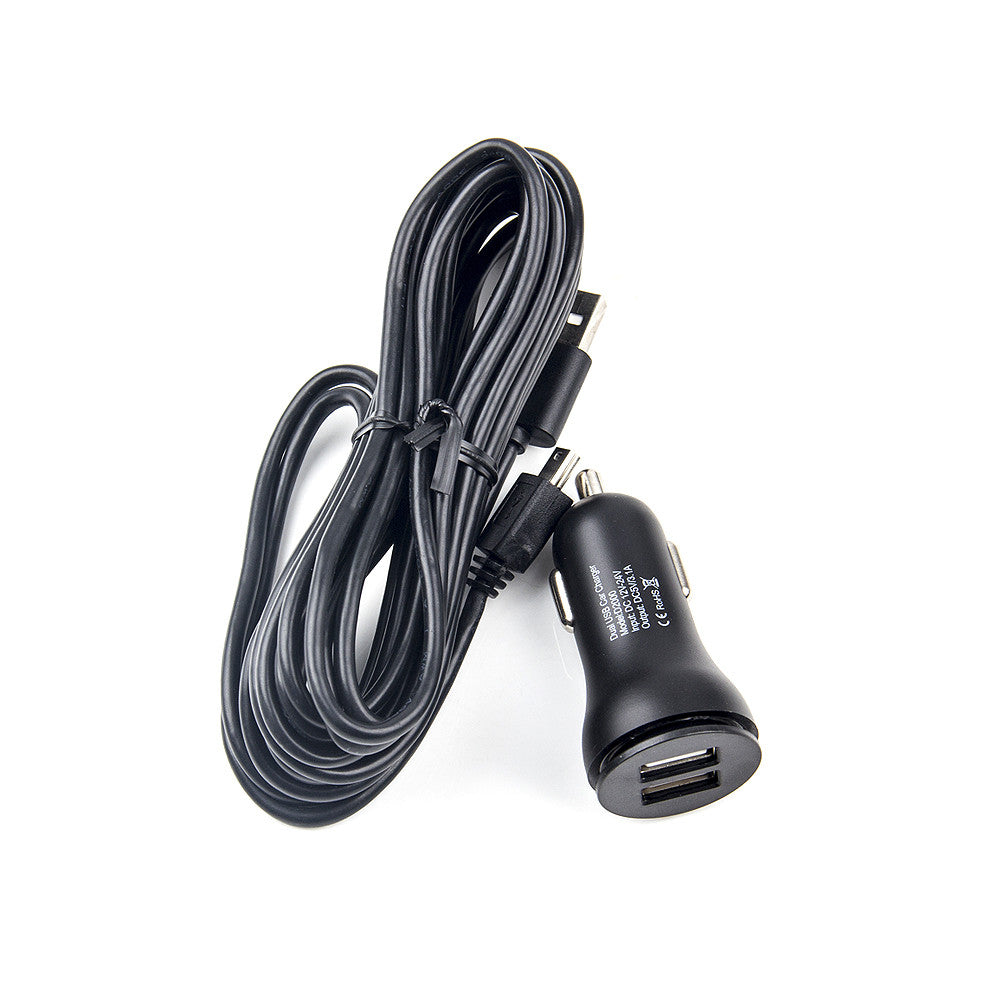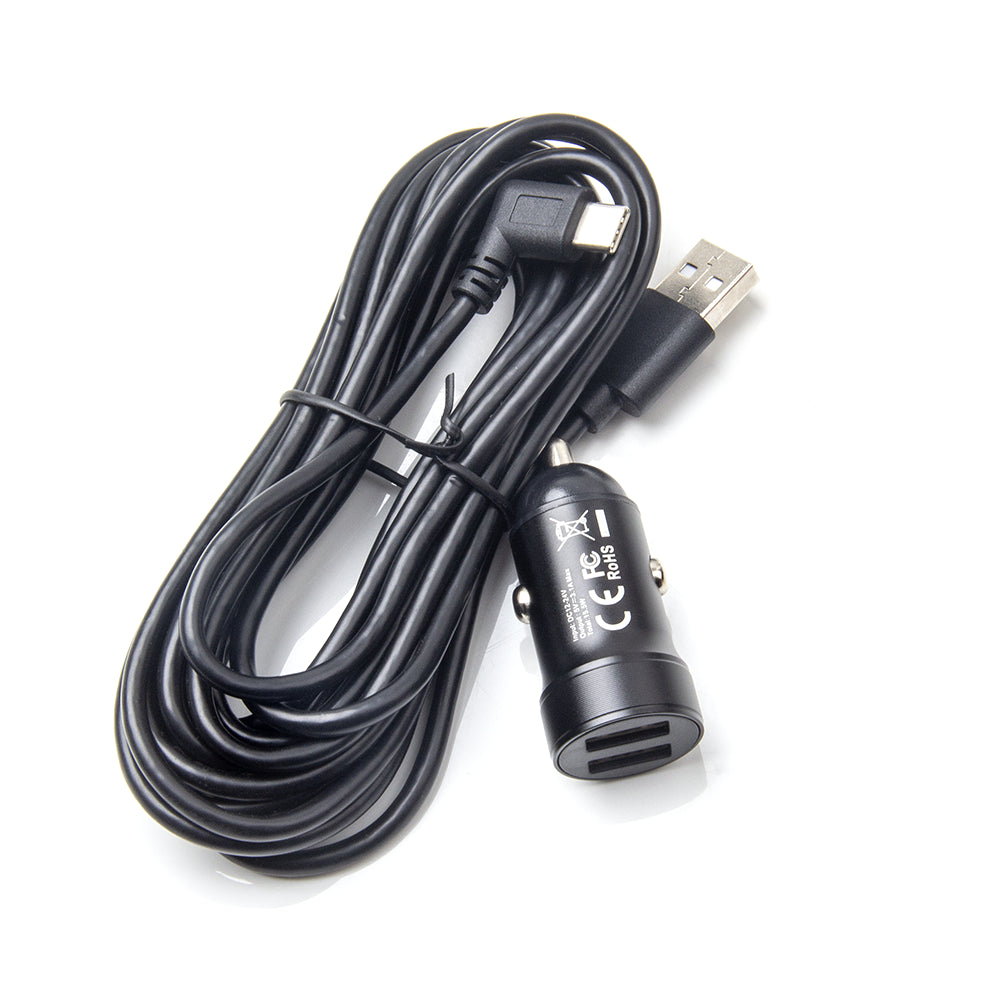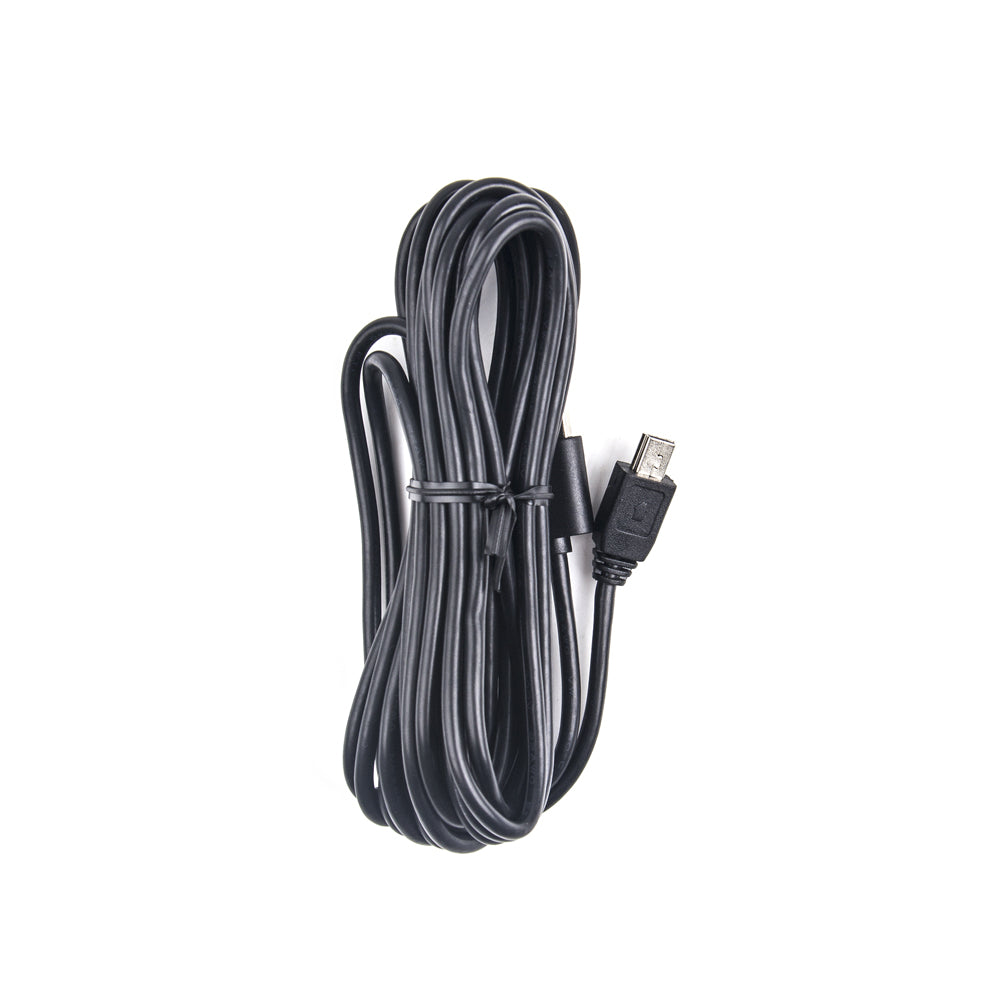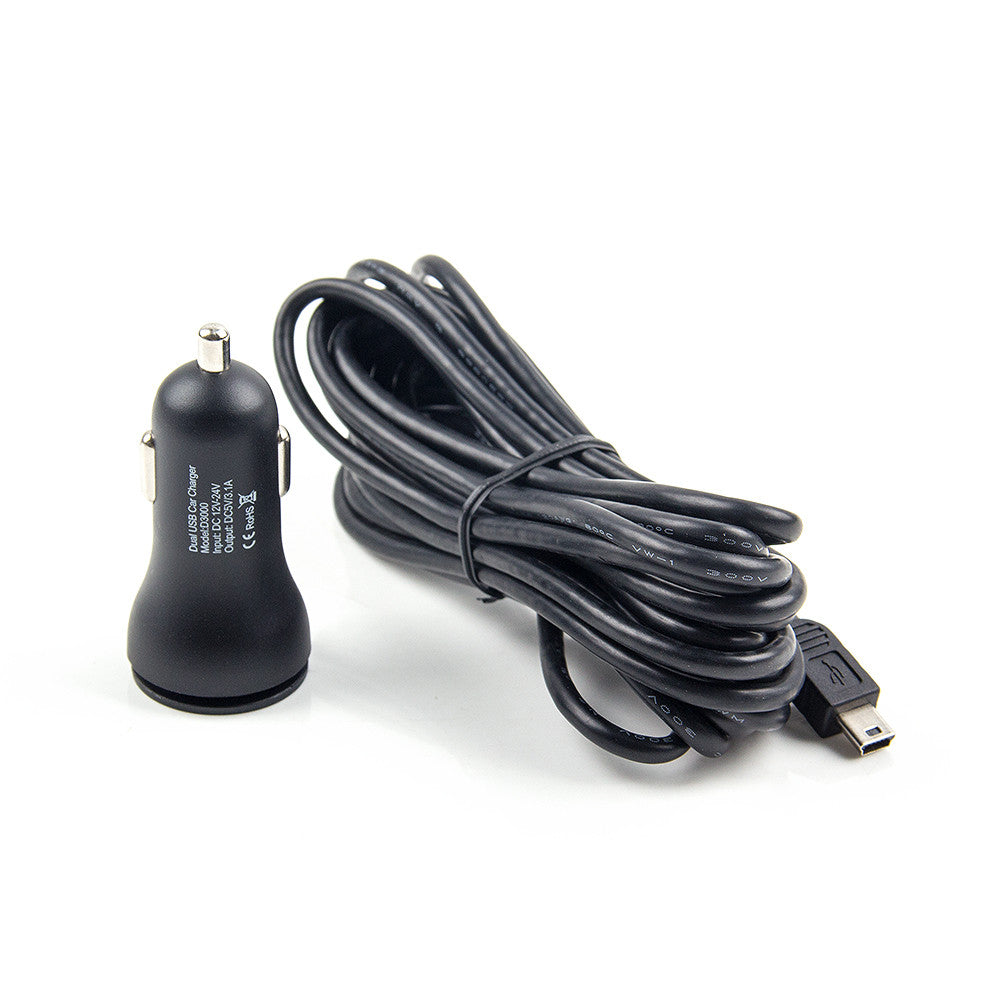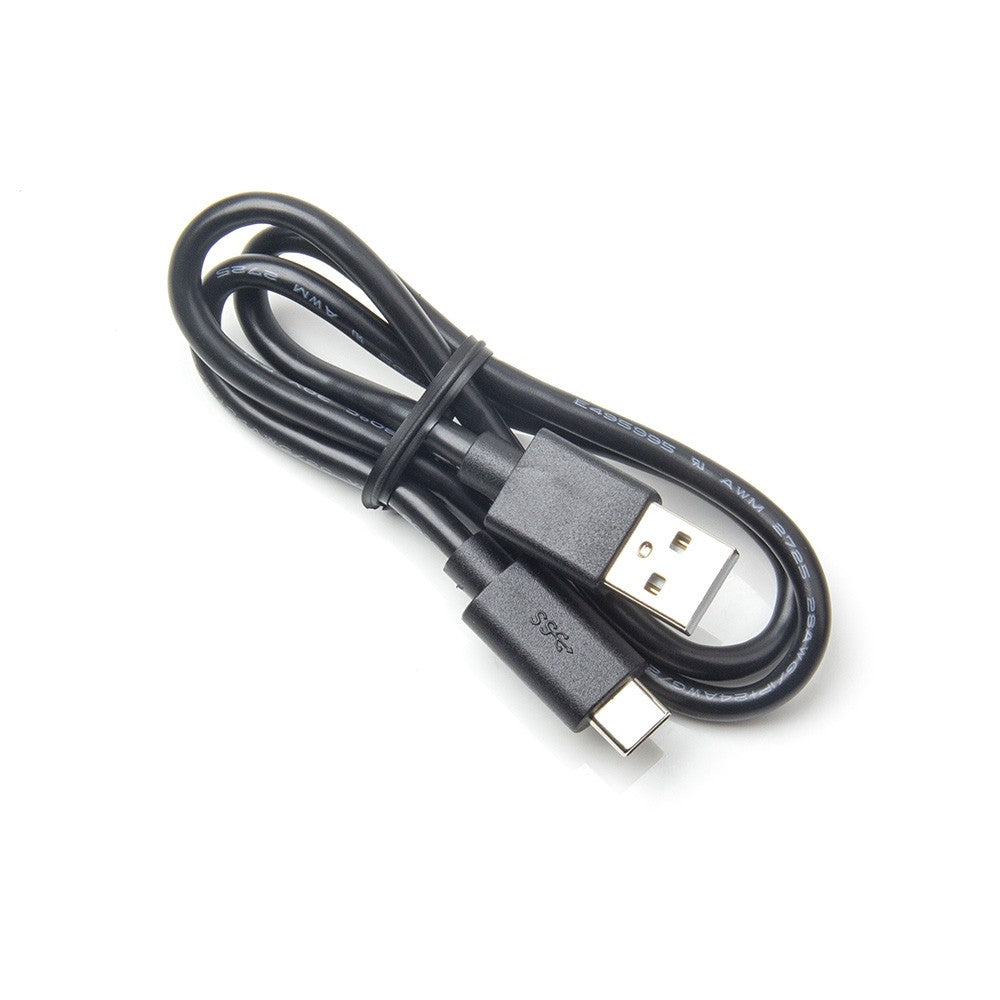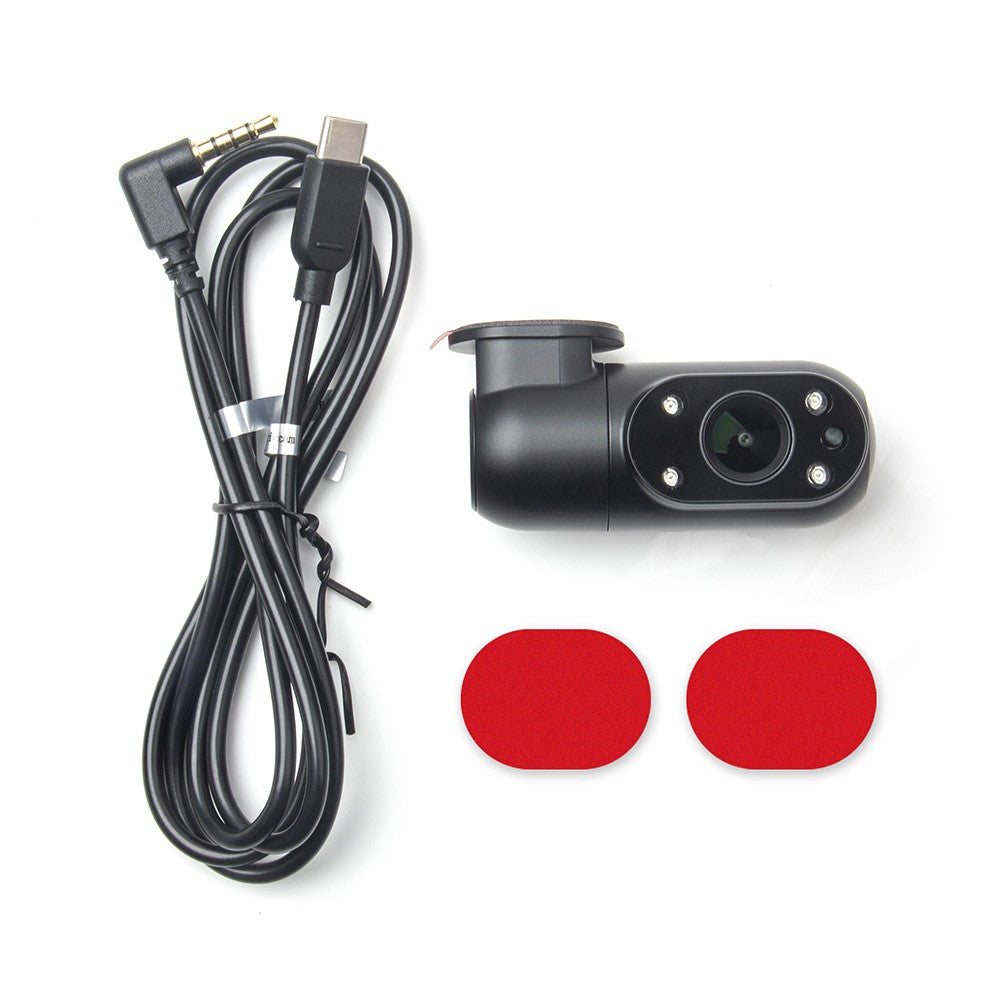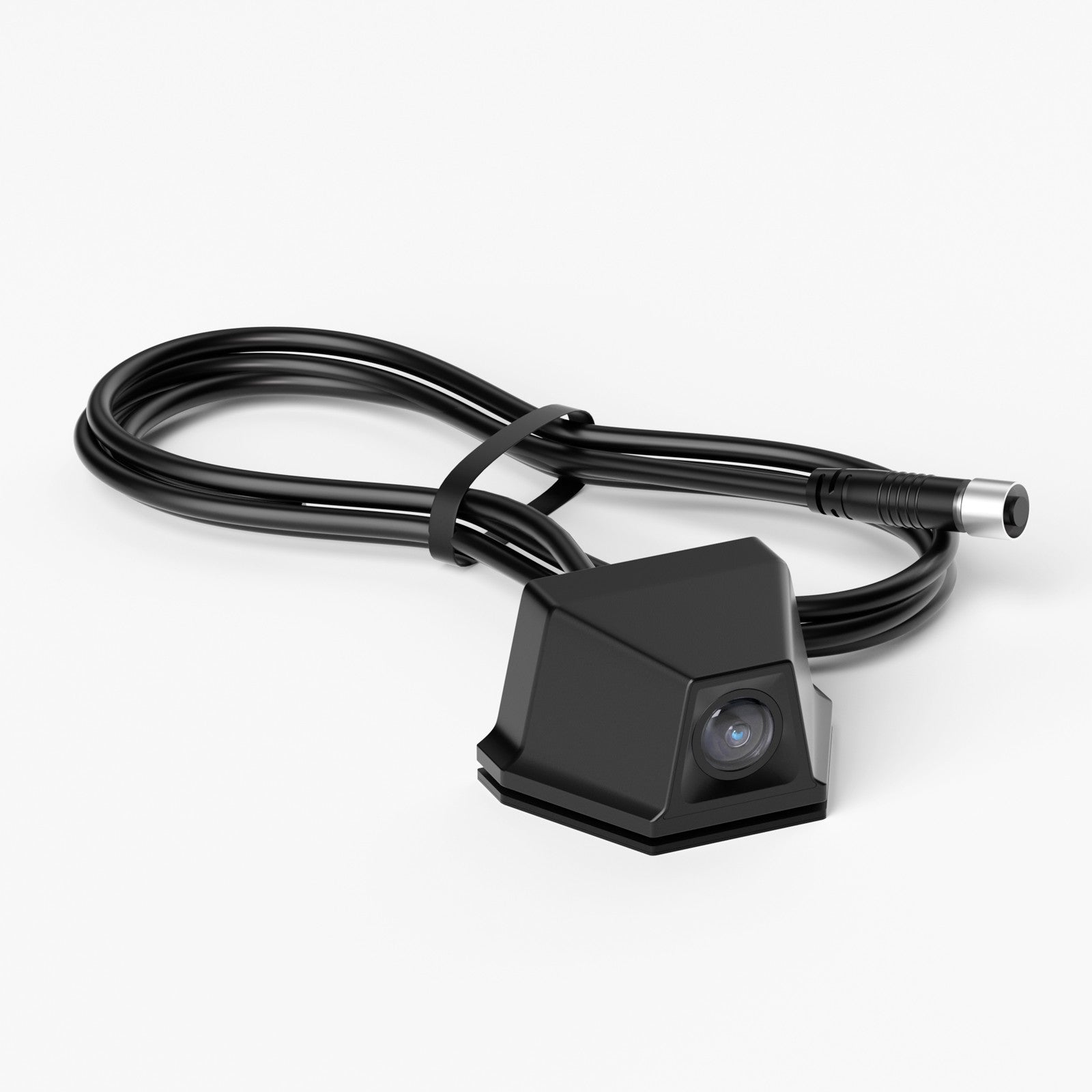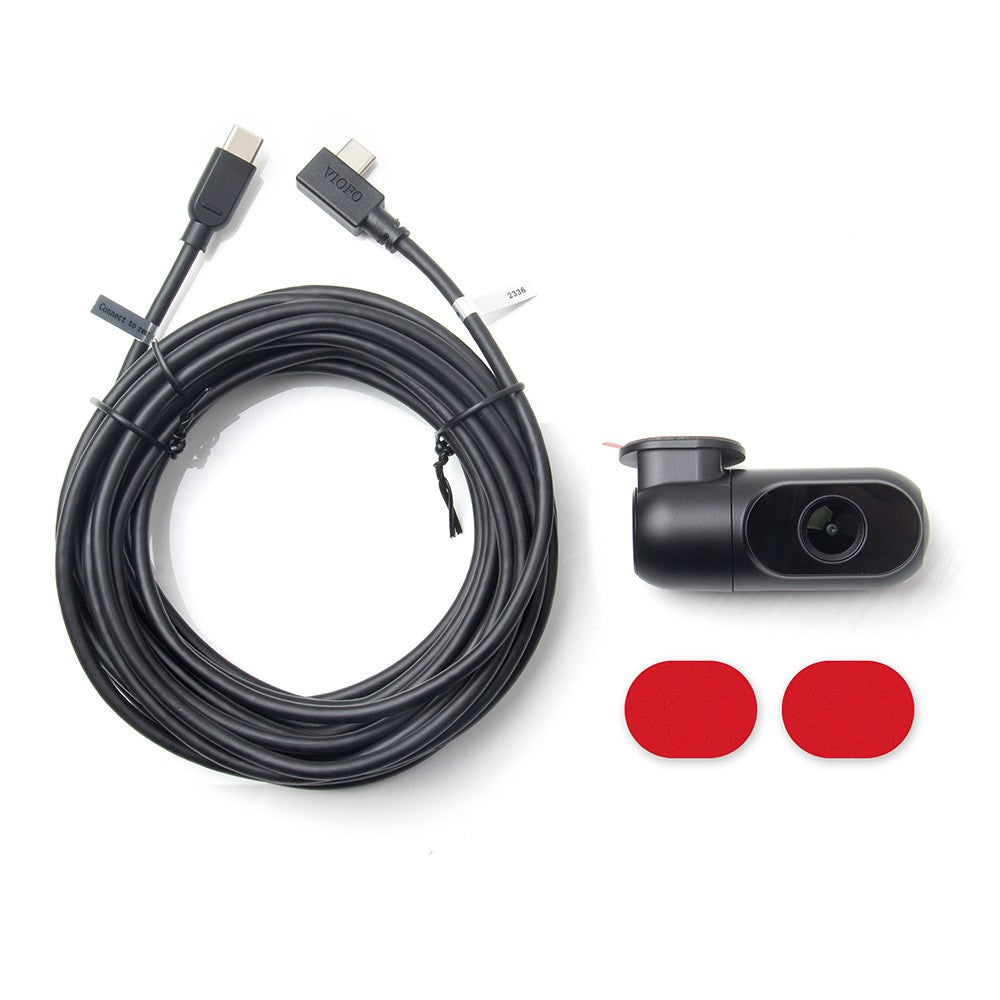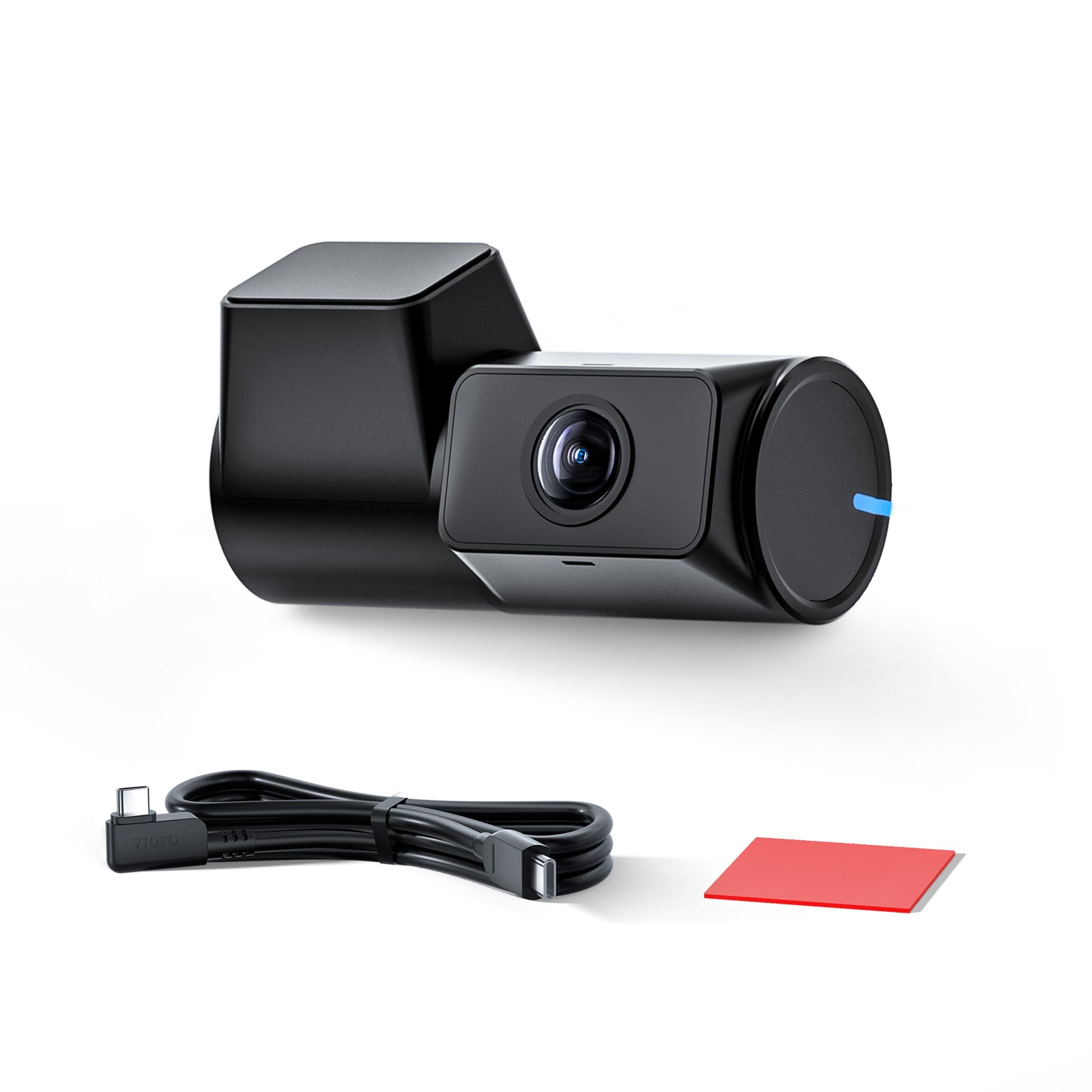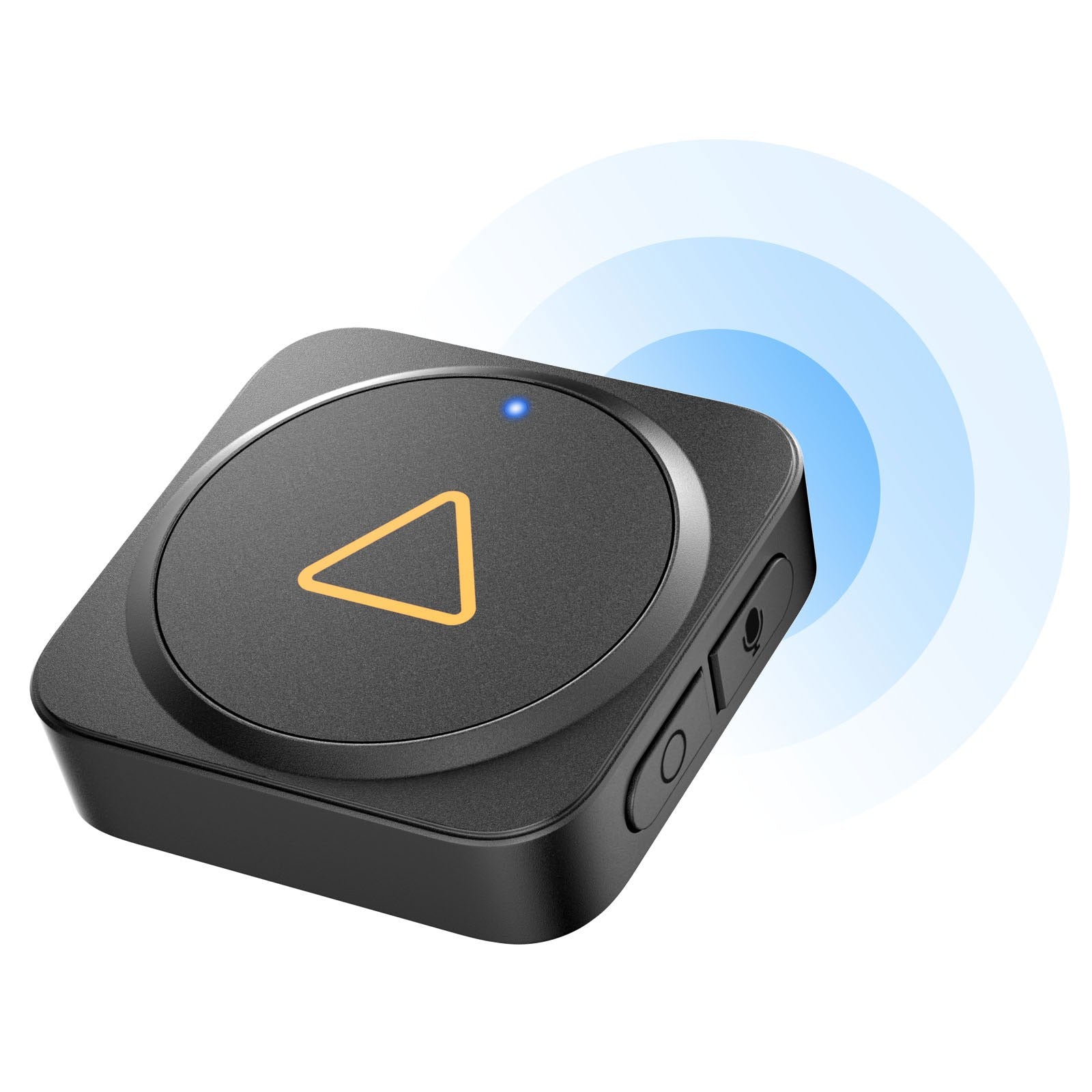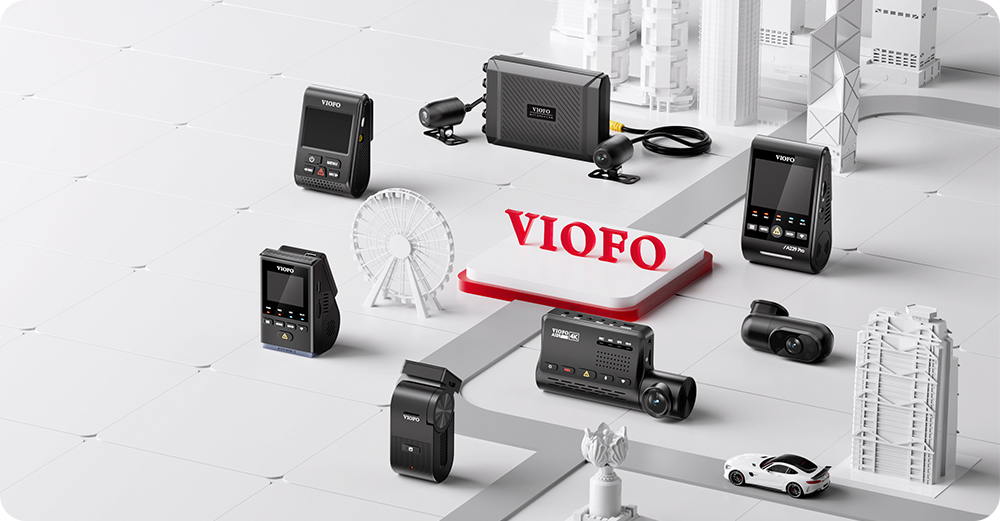Autonomous driving technology has emerged as a significant trend in the automotive industry in recent years. By integrating advanced sensor technology, computer vision, and deep learning algorithms, autonomous driving systems enable vehicles to operate independently under specific conditions. The growing prominence of this technology has created more demand for dash cams, which are used to record vehicle behavior data to gain insights into the performance of autonomous driving systems across various scenarios.
Data Collection
The advancement of autonomous driving technology has made it crucial to collect and analyze vehicle behavior data. The data collected by the dash cam contains many types of information, such as images, sounds, time, driving speed, specific location, etc. This huge amount of data is the key to understanding the performance of autonomous driving systems, optimizing algorithms, ensuring safety, and conducting accident analysis. At the same time, thanks to 5GHz Wi-Fi, researchers can easily and quickly access and analyze this information later.
The data recorded by the dash cam can be utilized for the learning and enhancement of autonomous driving systems. Analyzing the data on driving behavior and vehicle performance can assist autonomous driving systems in better understanding drivers' habits, optimizing driving strategies and route planning, and enhancing the vehicle's level of autonomous driving, benefiting human productivity and daily life.

Accident Investigation
Dash cams are like smart eyes for your car, combining a high-quality camera, recording, and storage capabilities. They're mainly used to capture video and sound, which can be super helpful for proving what happens in case of accidents. Plus, they play a crucial role in the entire process of autonomous vehicle development, testing, and operation.
A dash camera can monitor the surrounding situation of the vehicle in real-time and record various events that occur during the journey. This is of great significance for investigating accidents and determining liability. Plus, dash cams can be used in the entire process of autonomous vehicle development, testing, and operation. The videos and data recorded by the dash cam help autonomous vehicles system better handle unexpected events, thus enhancing the safety and stability of vehicles.

Safety Monitoring
Dash cams play a crucial role in improving the functionality and safety of autonomous vehicles. By recording the road and surroundings continuously, dash cams offer real-time data that is vital for autonomous systems to effectively monitor and respond to their surroundings. This technology not only improves the efficiency of autonomous vehicles but also enhances overall safety for passengers and pedestrians alike.

Notably, Baidu, a renowned search engine firm, has laid its eyes on our VIOFO A139 to support its autonomous driving project from 2022 until now. Mobileye, an autonomous driving company under Intel, uses VIOFO A129 PLUS to help autonomous vehicles cope with vastly different driving cultures and environments. As one of the leading companies in the dash cam industry, VIOFO dash cams offer cutting-edge features that bolster the safety and dependability of autonomous driving systems. Firstly, we utilize Sony's latest STARVIS 2 sensor to capture high-quality on-site videos. Secondly, the dash cams not only come with a state-of-the-art Quad-Mode GPS module to assist in swiftly pinpointing the exact location of the vehicle but also provide crucial objective data like driving speed and duration. Thirdly, researchers and law enforcement officials can efficiently access or download important video footage via 5GHz Wi-Fi. Last but not least, HDR technology offered by VIOFO proves to be extremely advantageous for license plate recognition in unique scenarios.
In conclusion, dashcams are indispensable tools in the development and operation of autonomous vehicles, ensuring a seamless and secure driving experience for all, and providing unwavering support and assurance for the development and application of autonomous driving.

